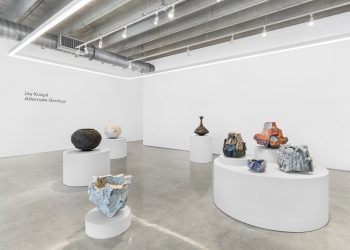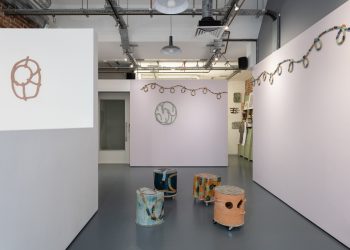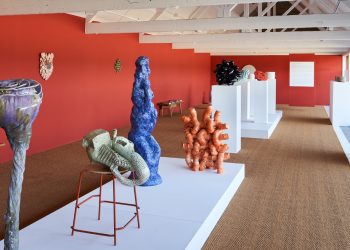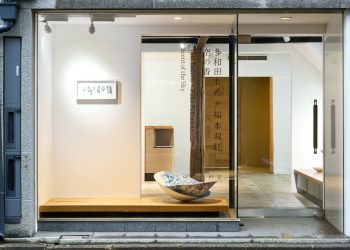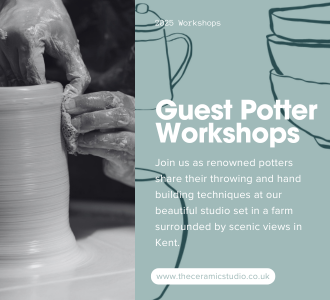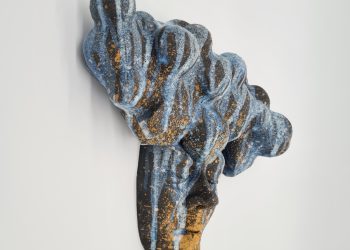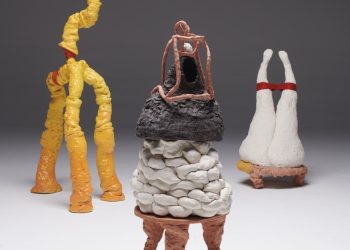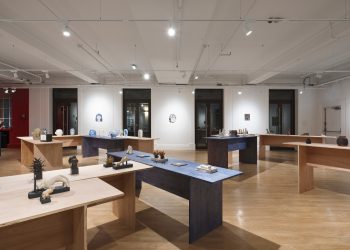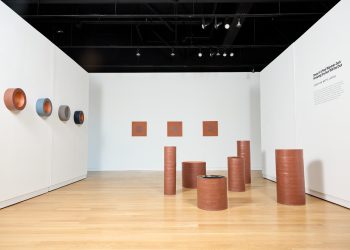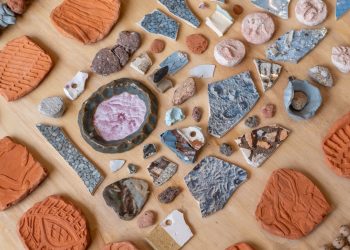August 25 – December 30, 2023
Sahar Khoury: Umm
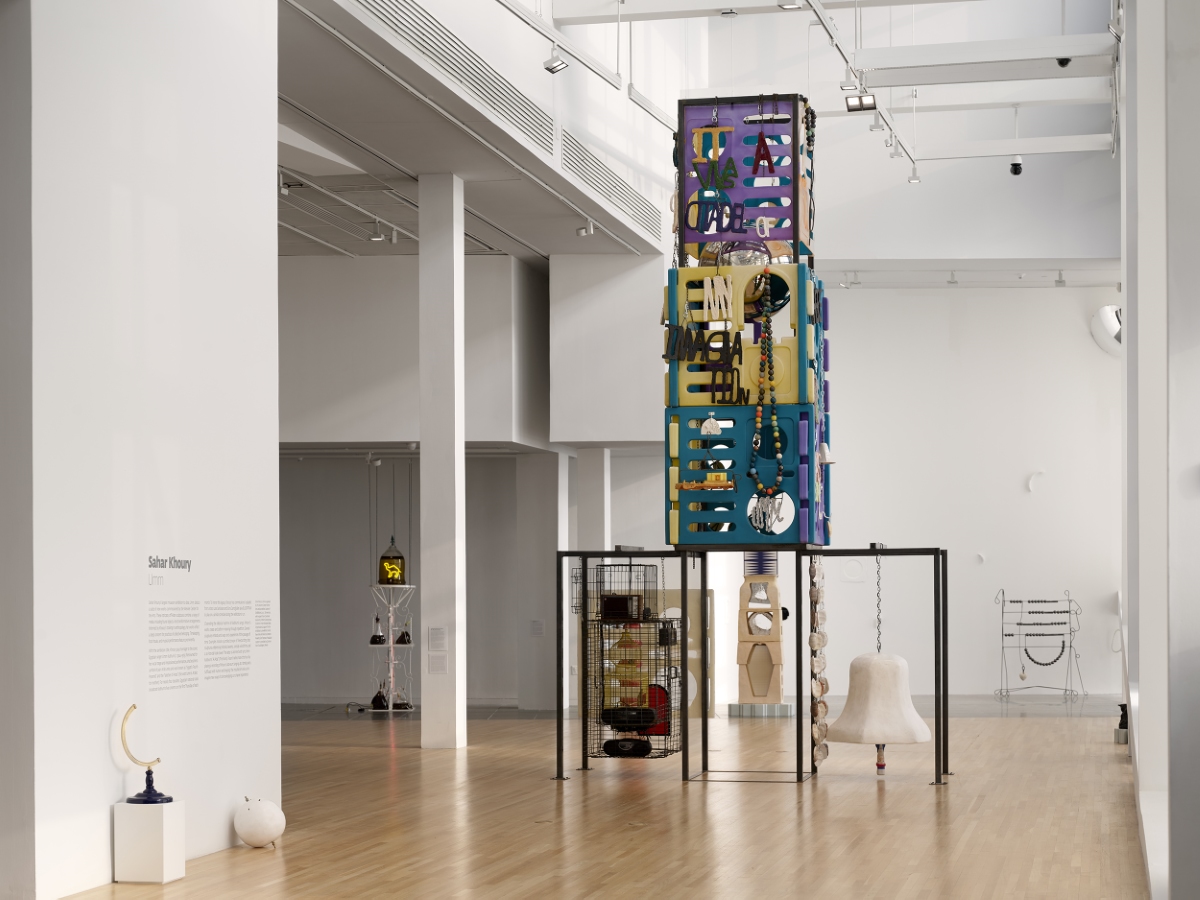
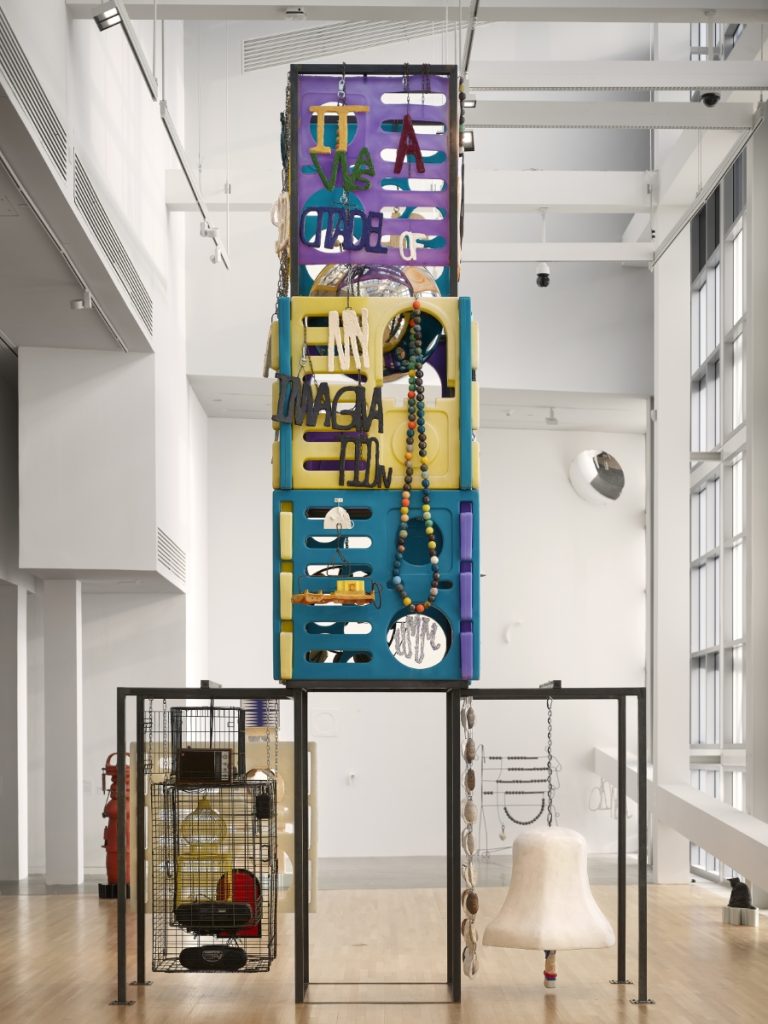
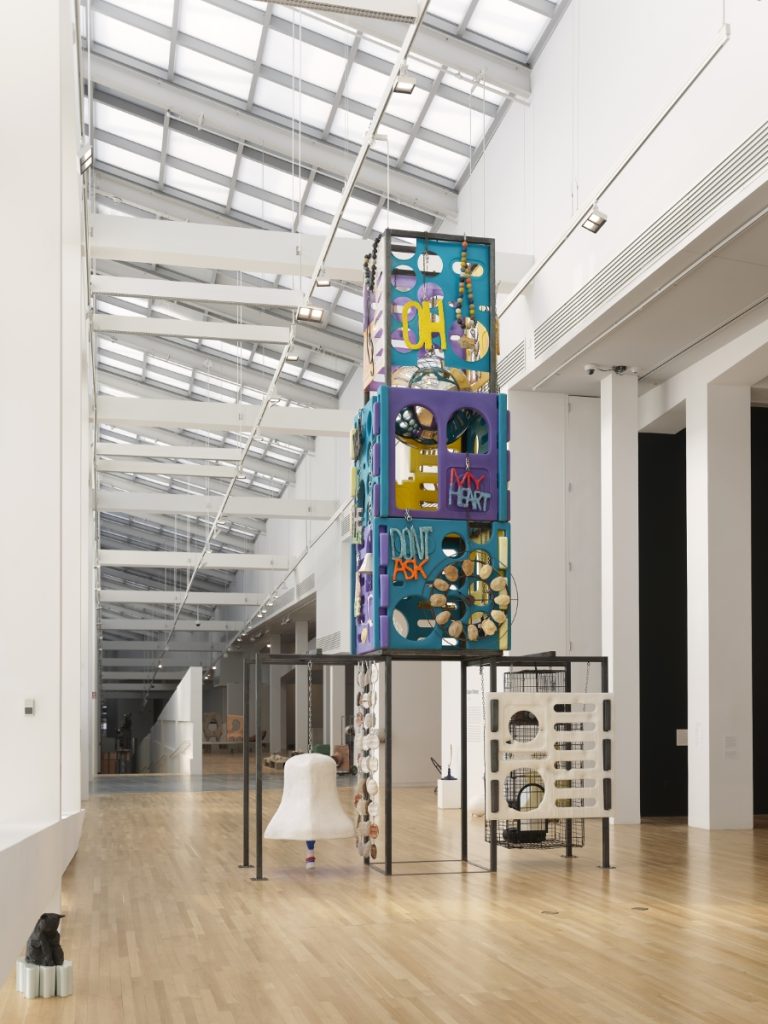
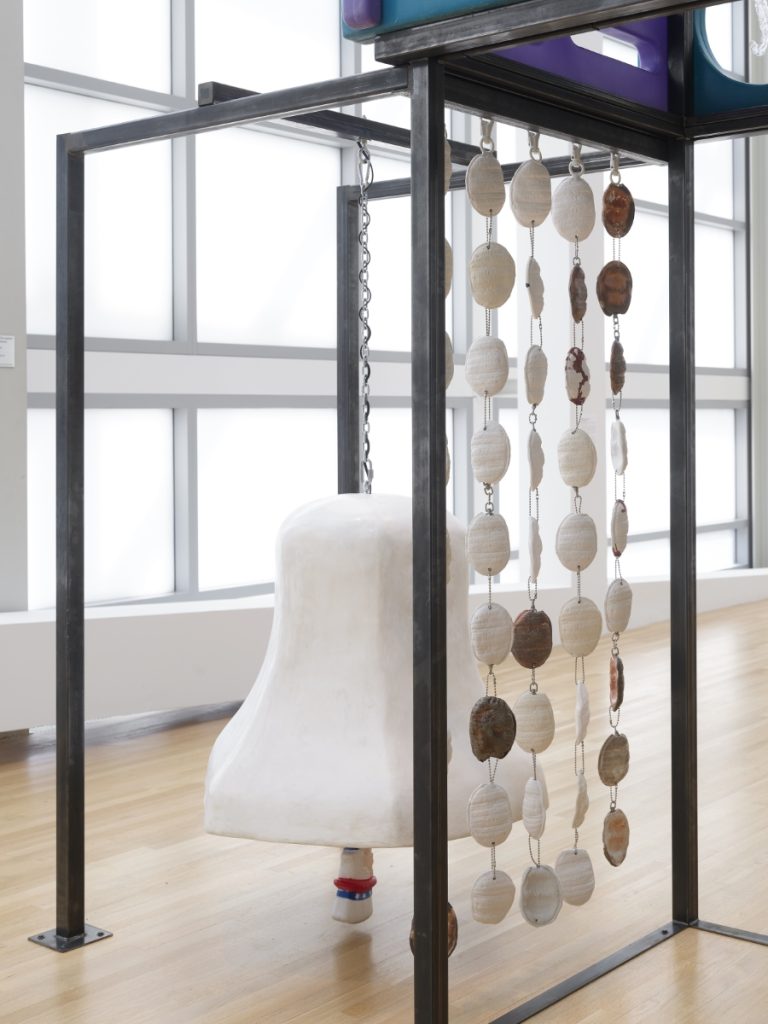
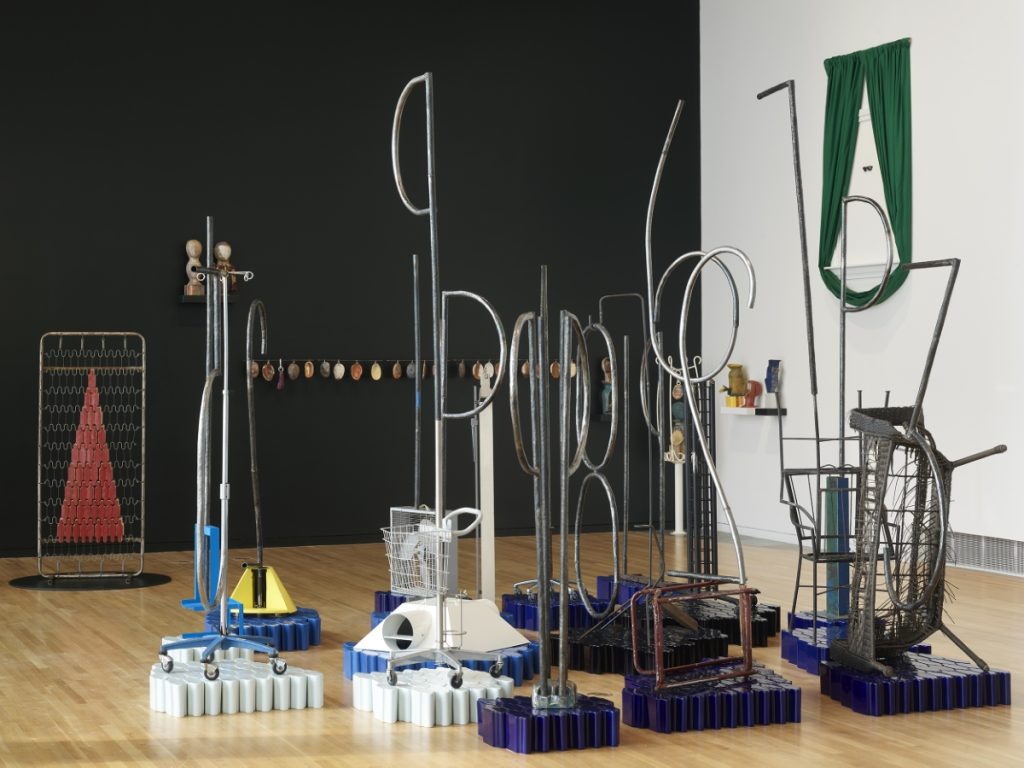
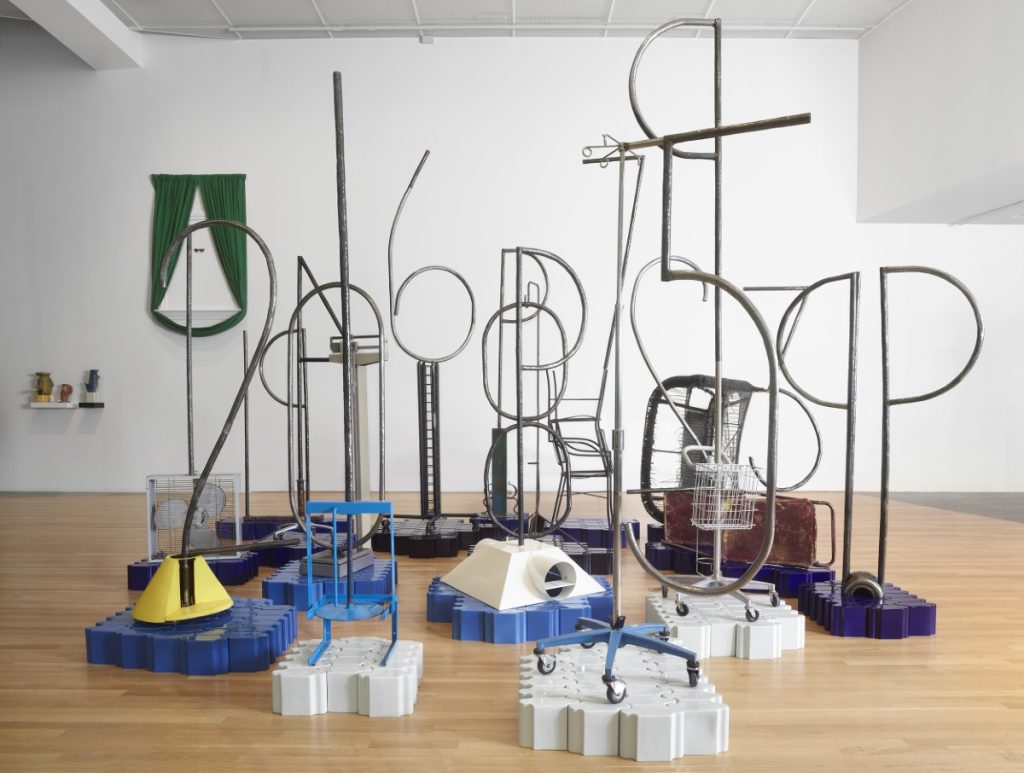
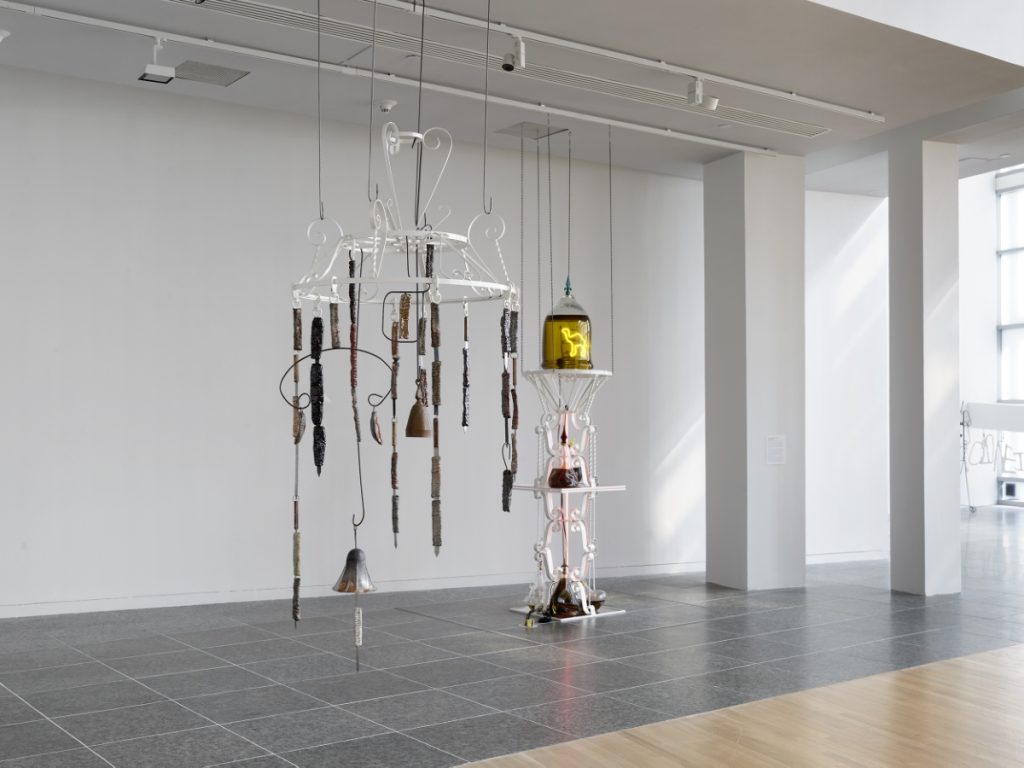
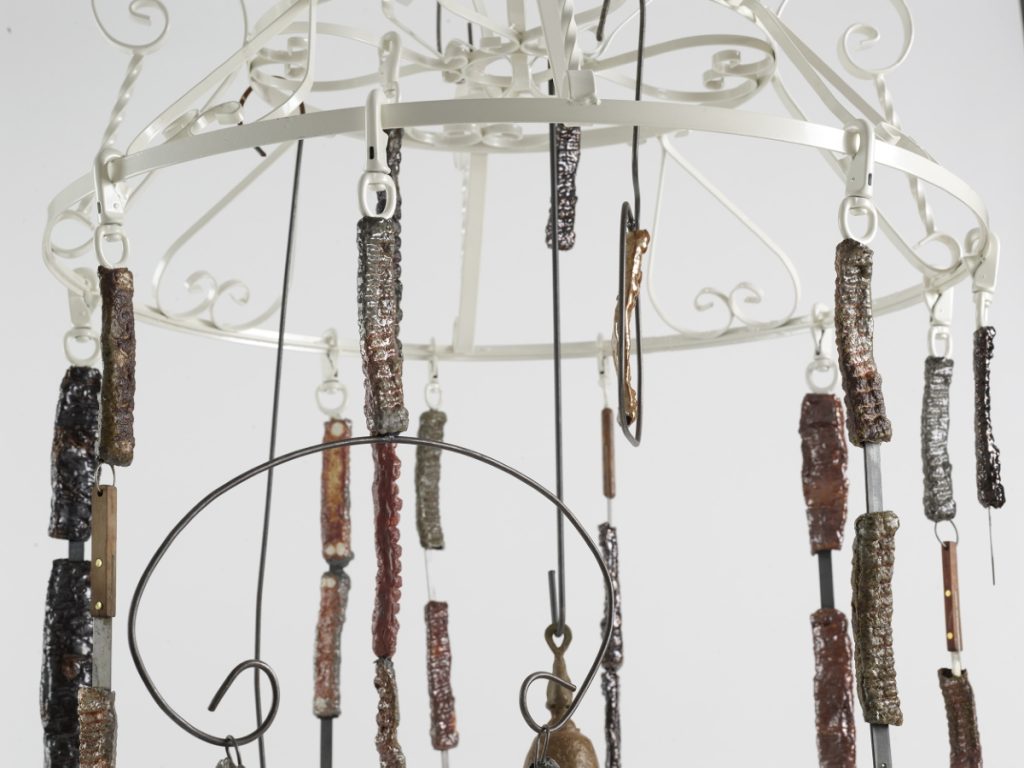
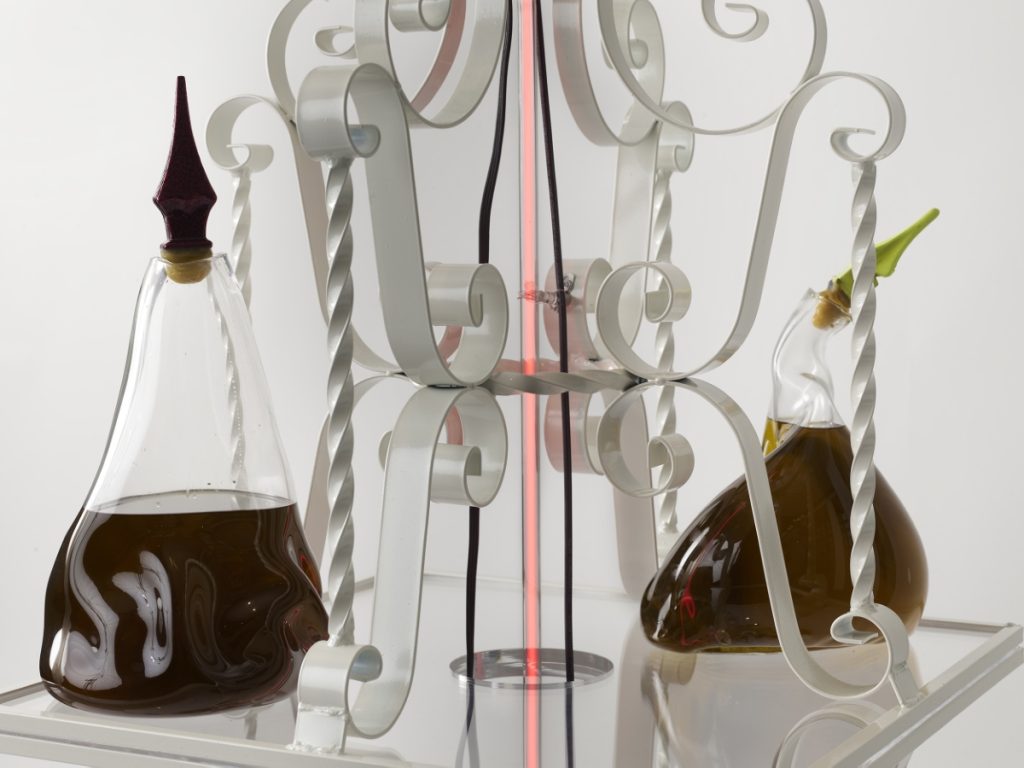
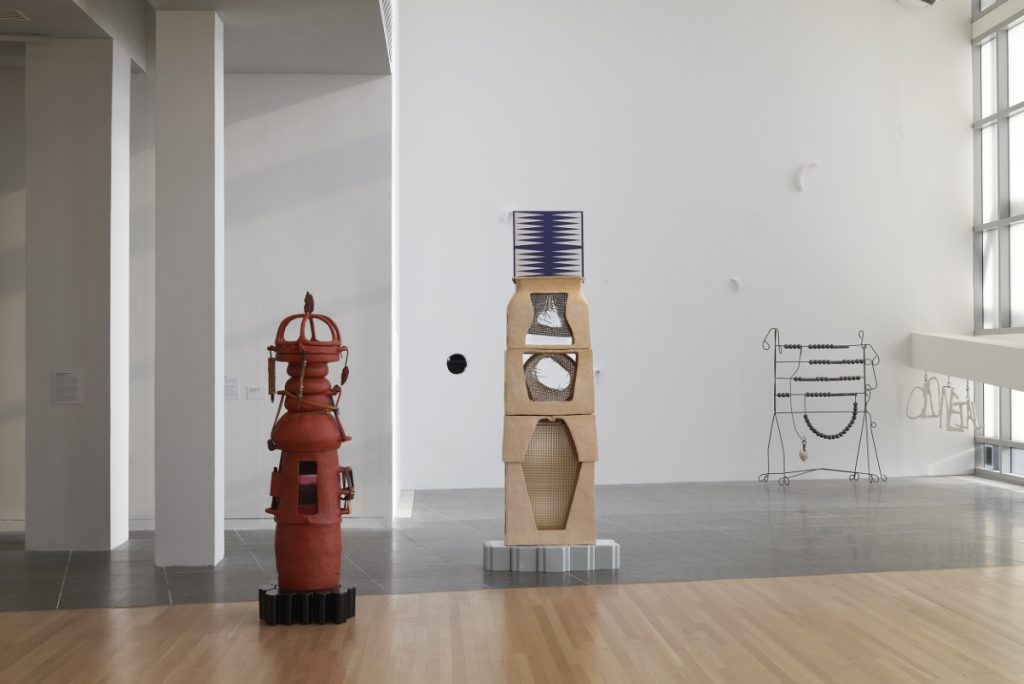
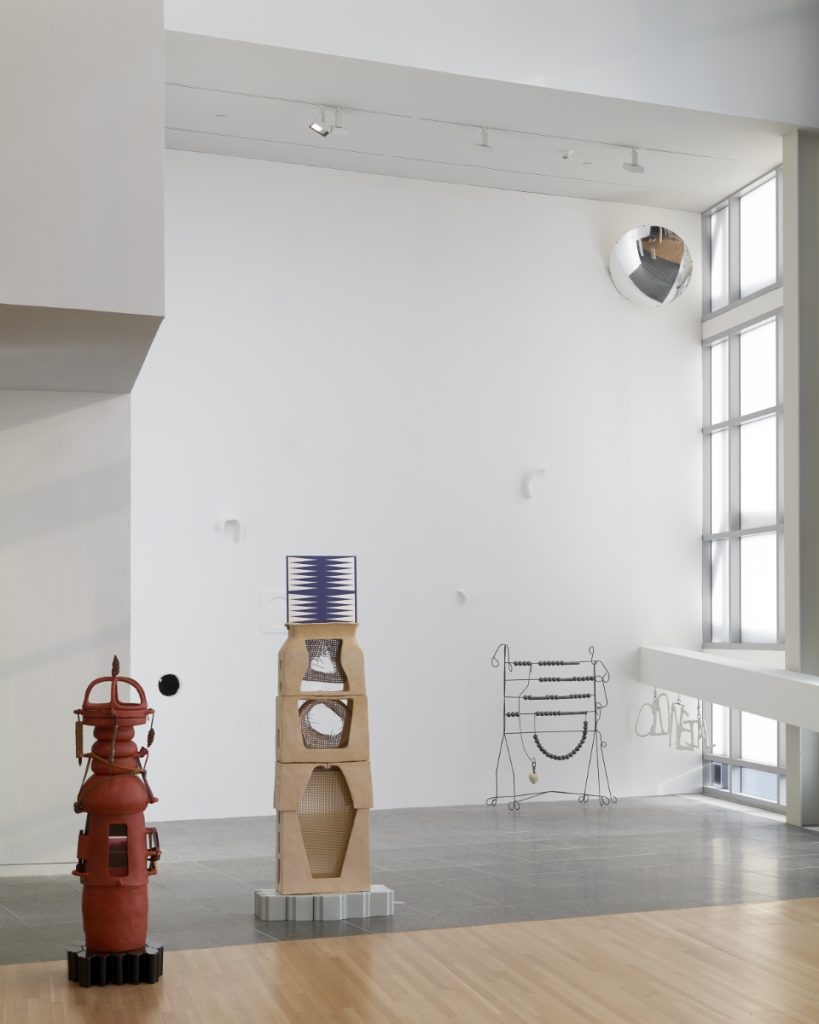
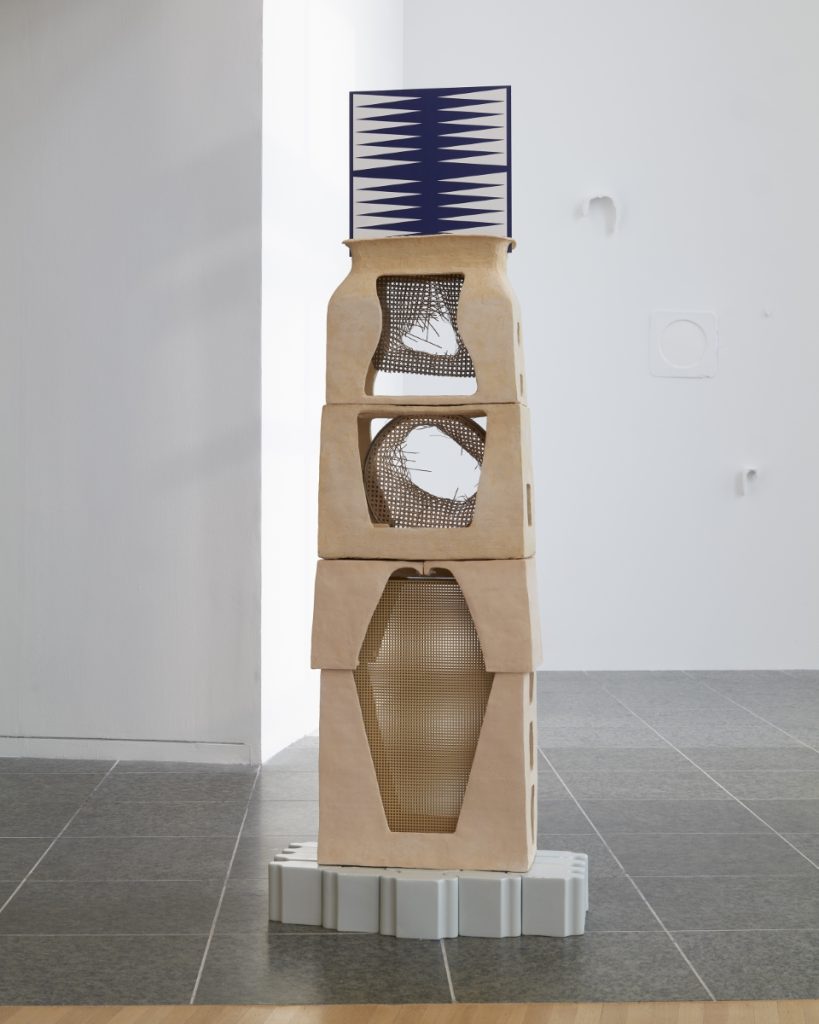
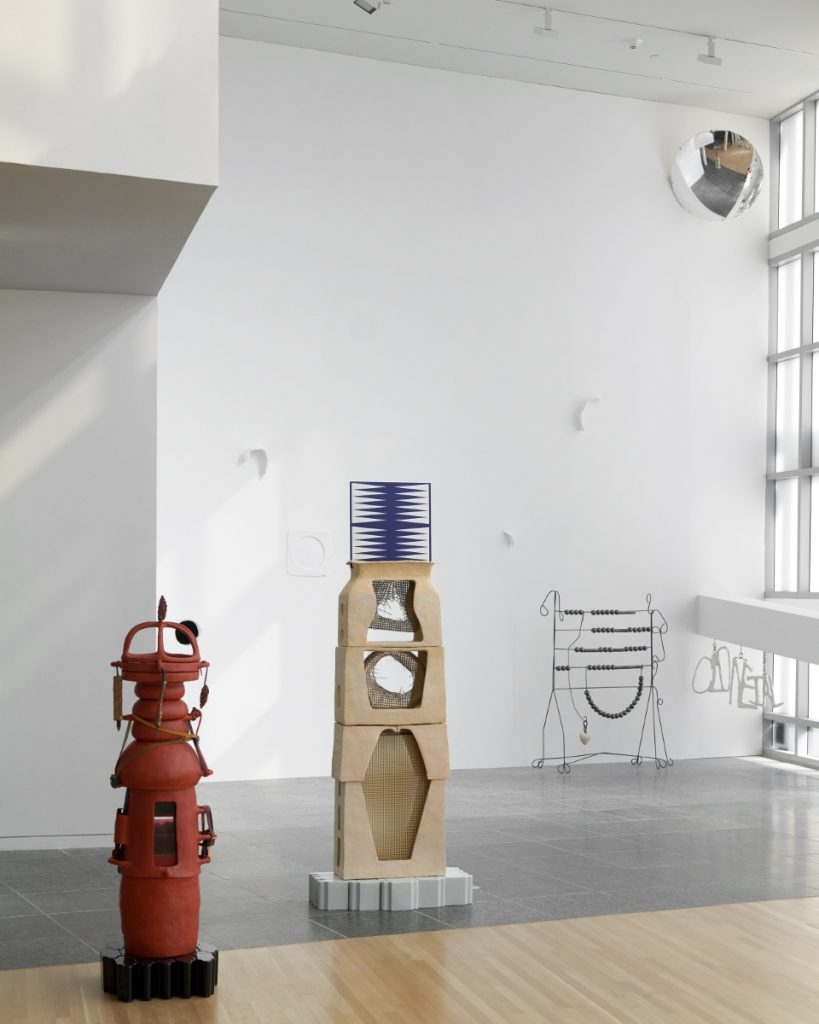
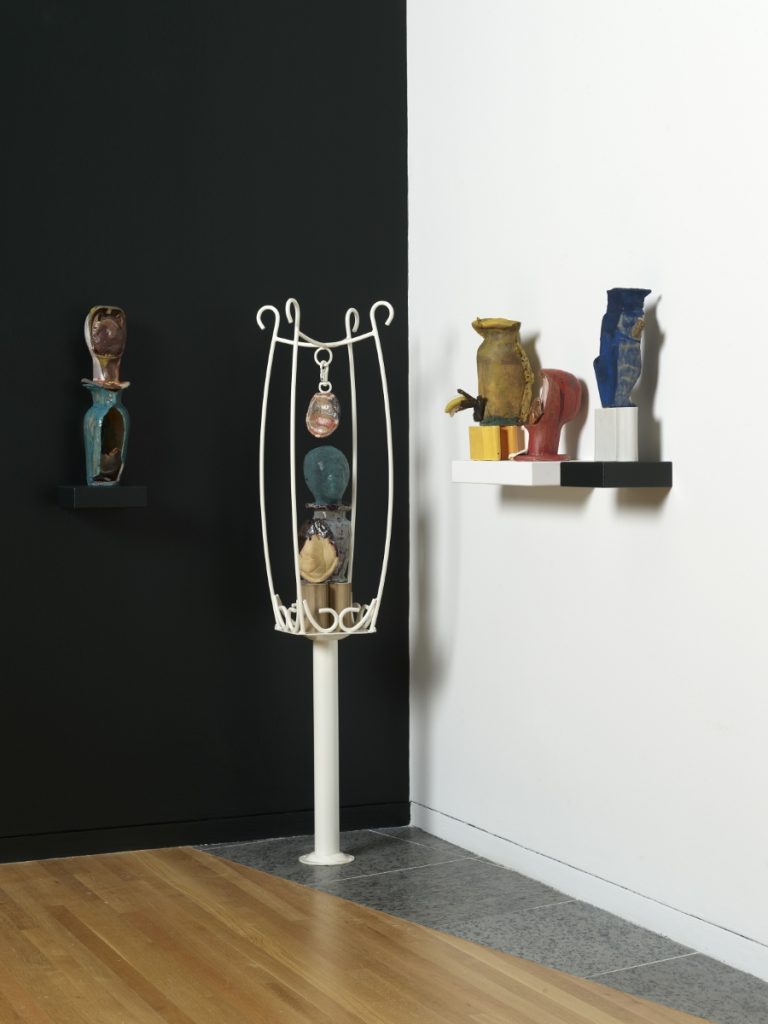
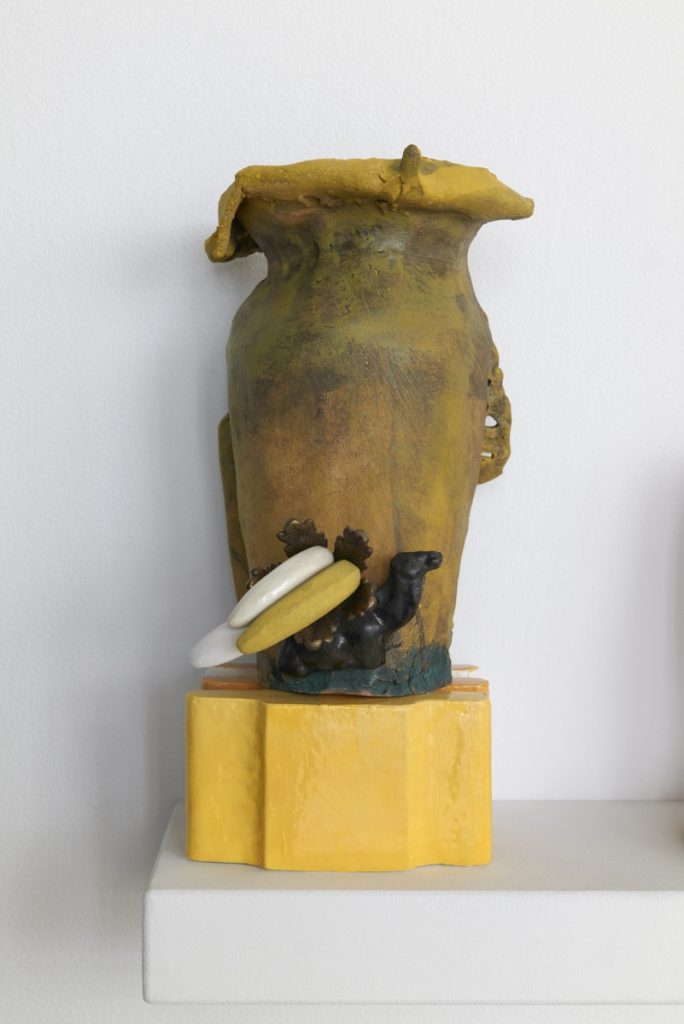
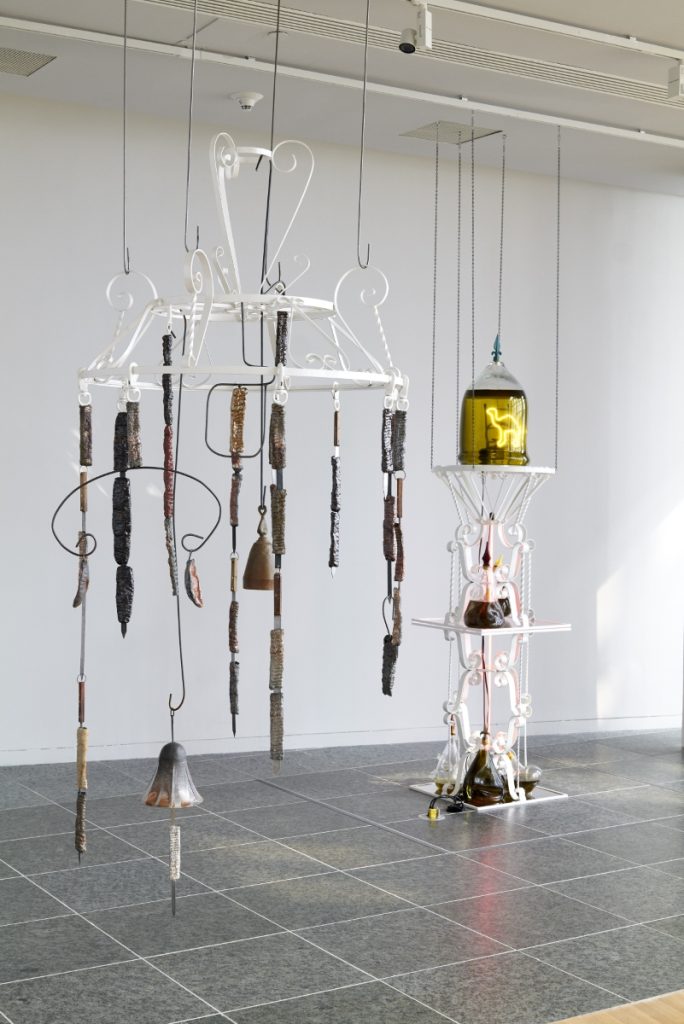
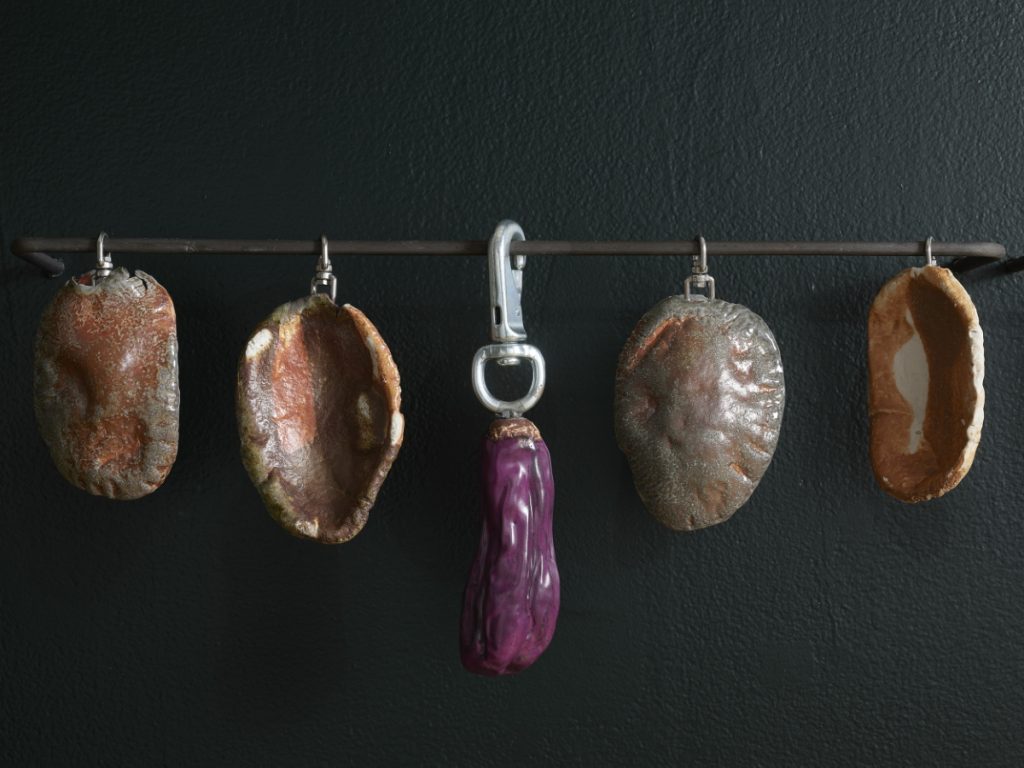
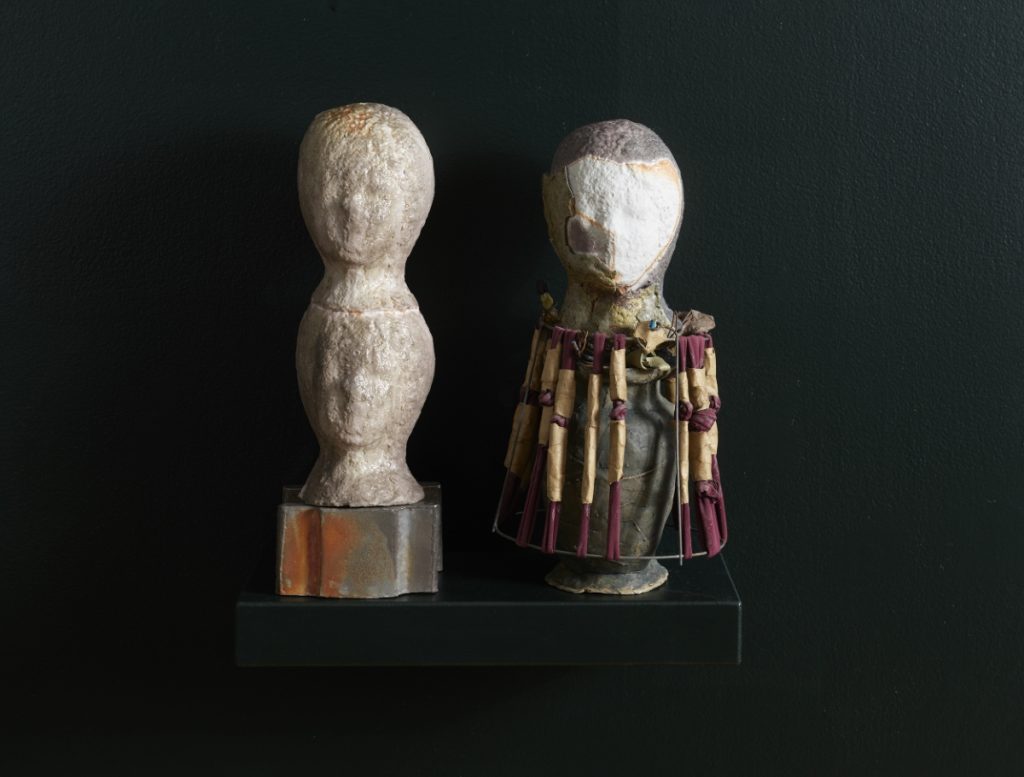
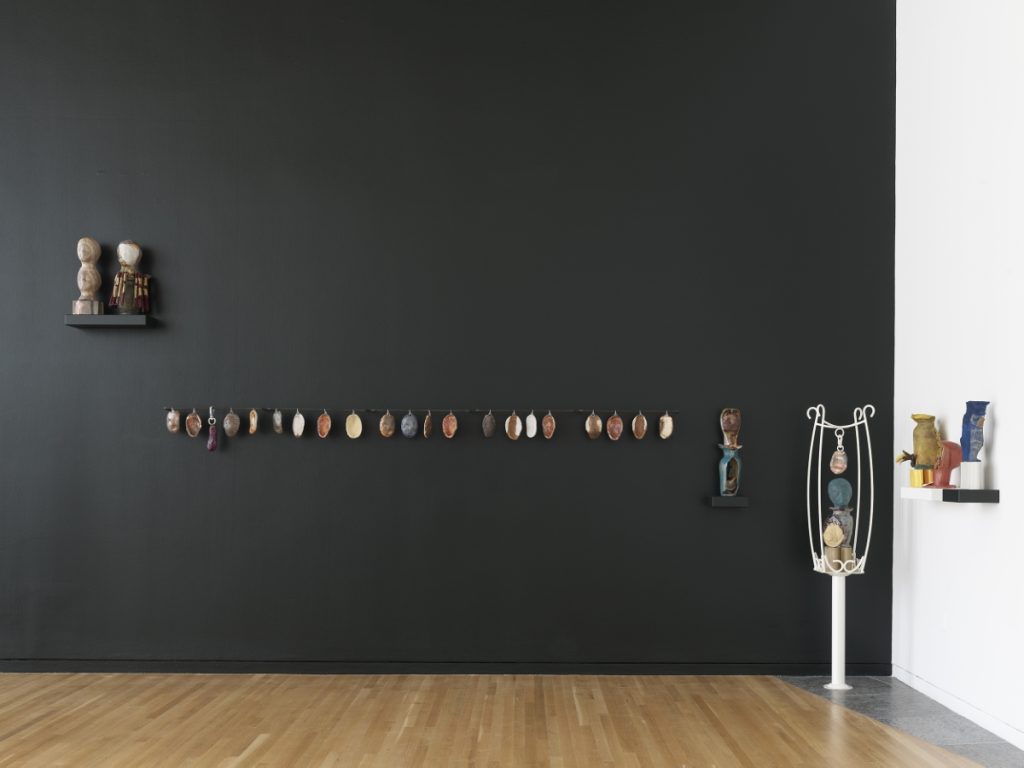
Photos by Robert Divers Herrick
Trained as an anthropologist, Khoury (she/they) draws on personal relationships and lived experiences to inspire off-kilter sculptural works that incorporate a range of techniques and media, including cast-off objects.
For her largest solo exhibition to date, the Oakland, California-based artist will present a new body of work that references familial and global histories and timekeeping and reflects how memory evolves in response to the present.
Umm features an assemblage of Wex-commissioned sculptures inspired by food and music, including a kebab windchime, a neon nightlight that holds Palestinian olive oil, and a 20-foot radio tower. Some of these works will be installed on new tile plinths realized through a partnership with Mexico’s premier ceramics studio, Cerámica Suro in Guadalajara.
The show’s title, which means “mother” in Arabic, also nods to the late Egyptian singer Umm Kulthum, a towering figure in the region’s culture. For over four decades, Kuthum’s live concerts were broadcast throughout the Arab world on the first Thursday of each month. In that spirit, the Wex will present a playlist on the first Thursday of each month through the show’s run, curated by Lara Sarkissian and Esra Canoğullari (aka 8ULENTINA).
Sahar Khoury: Umm is organized by the Wexner Center for the Arts and curated by Curator of Exhibitions Lucy I. Zimmerman with support from Curatorial Assistant Jonathan Gonzalez and Curatorial Intern Bethani Blake.
Jumana Manna: Break, Take, Erase, Tally
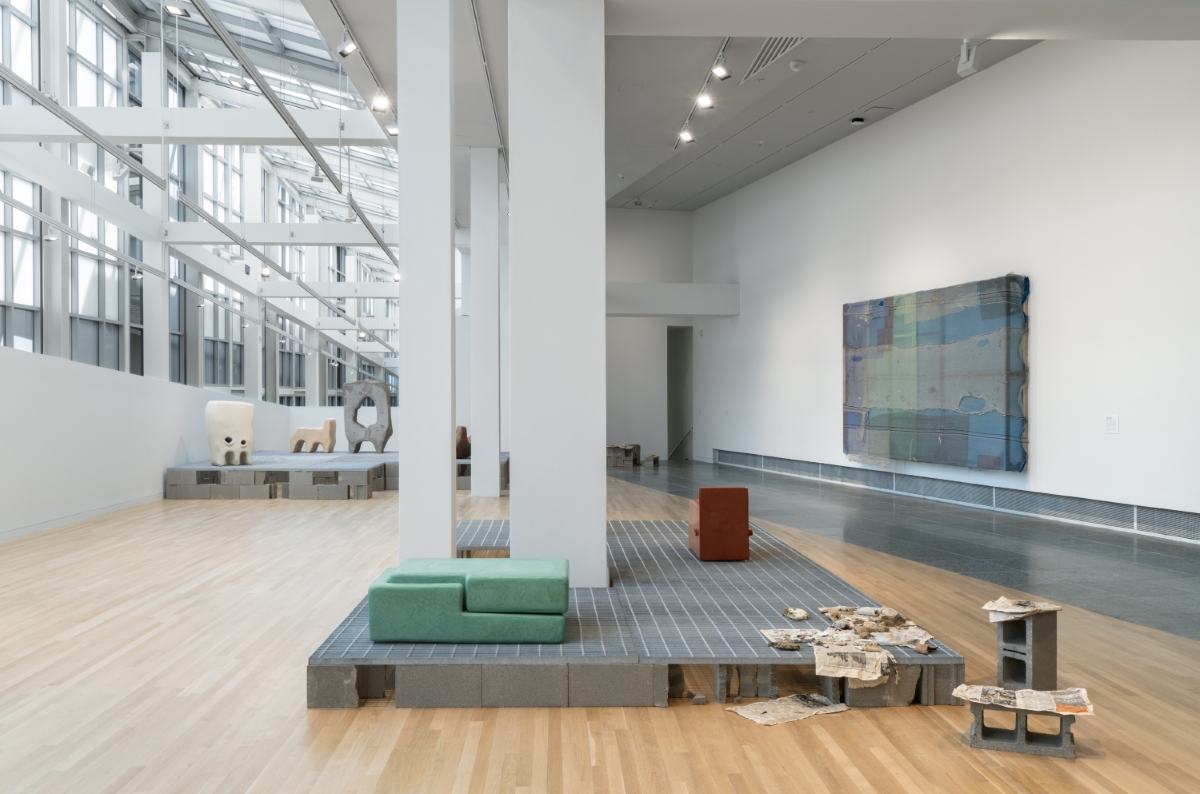
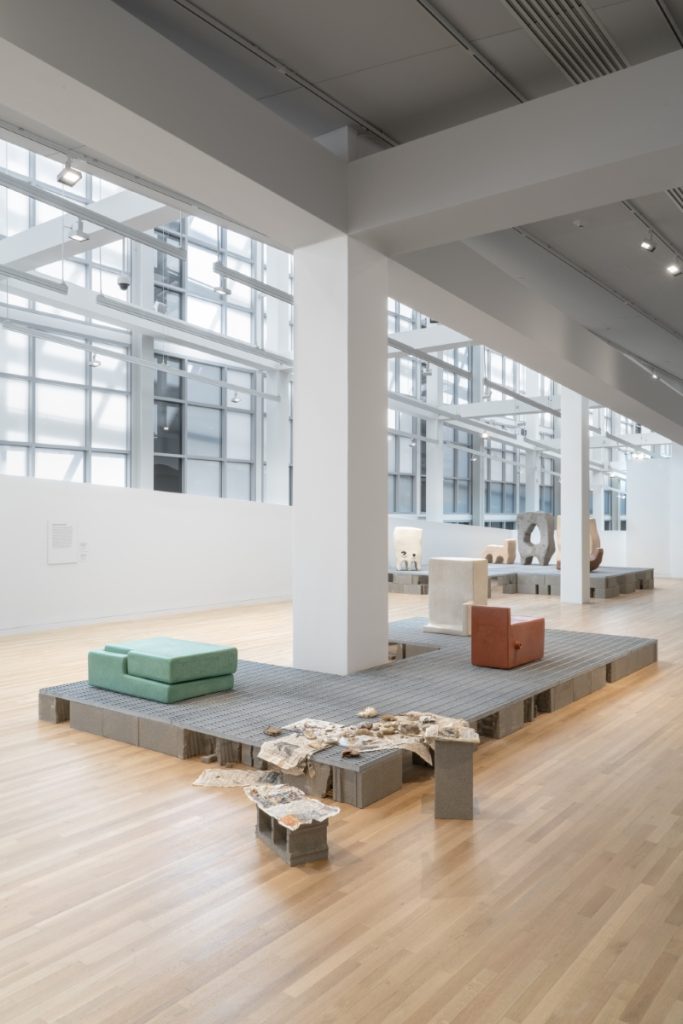
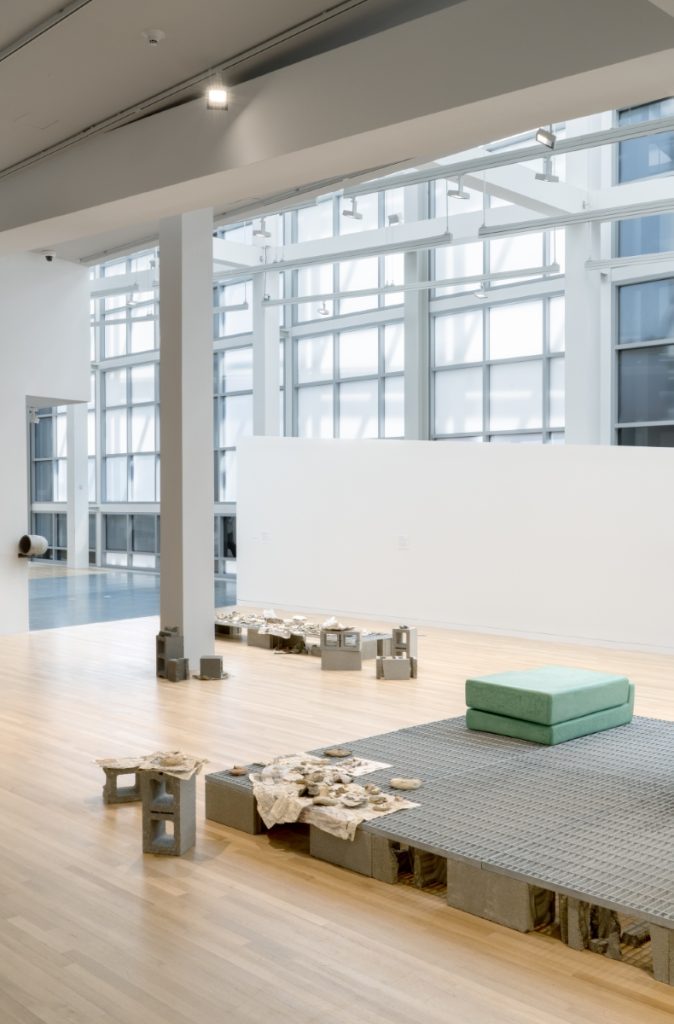
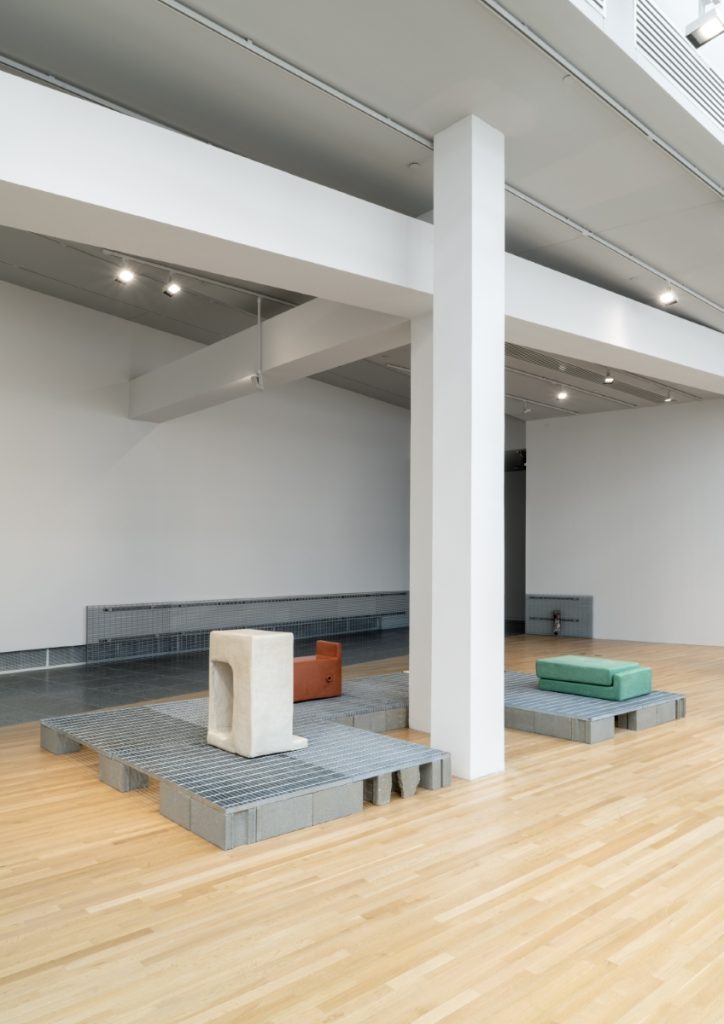
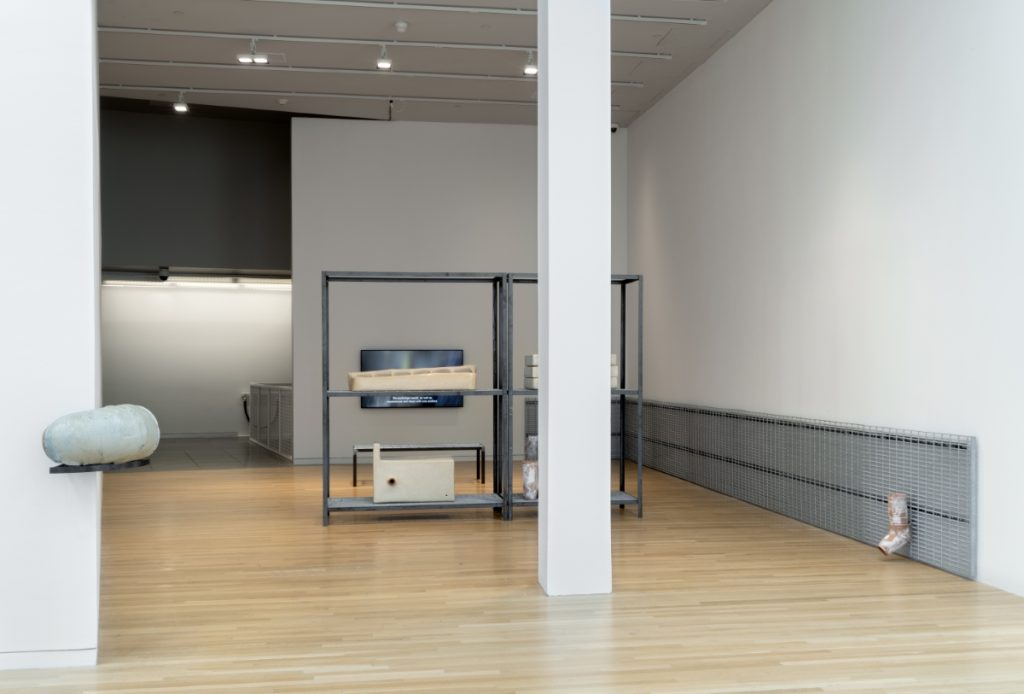
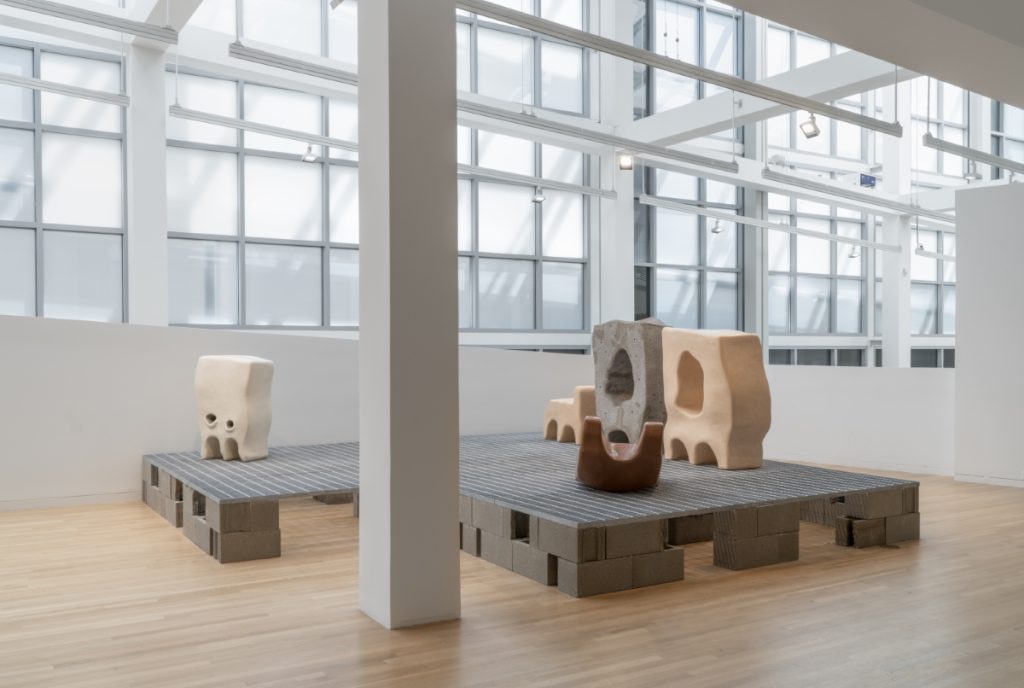
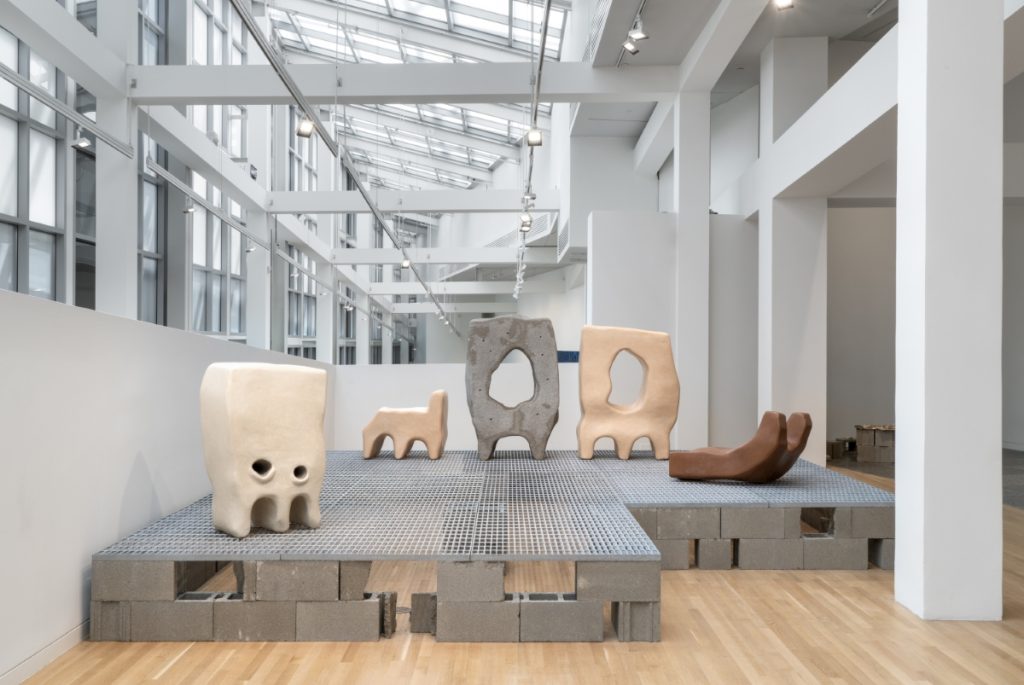
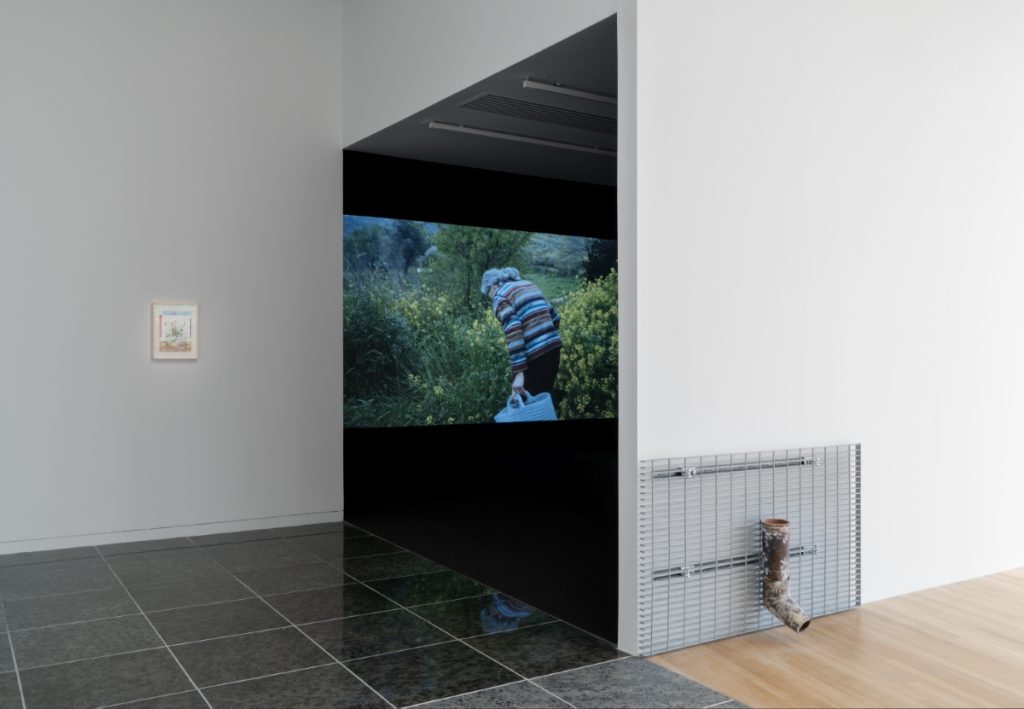
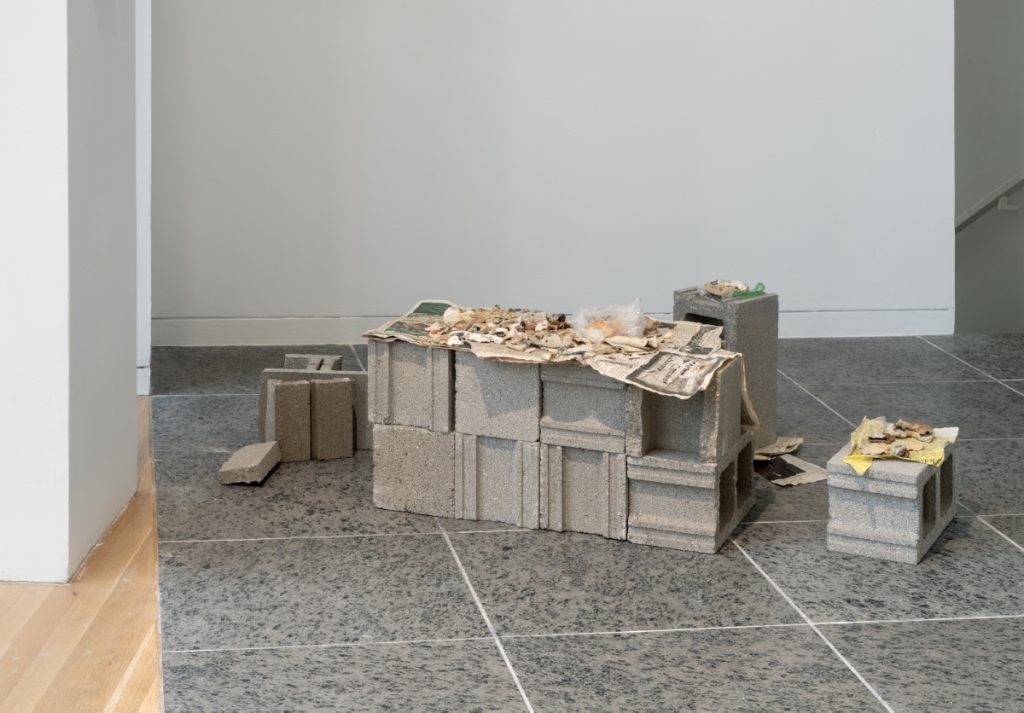
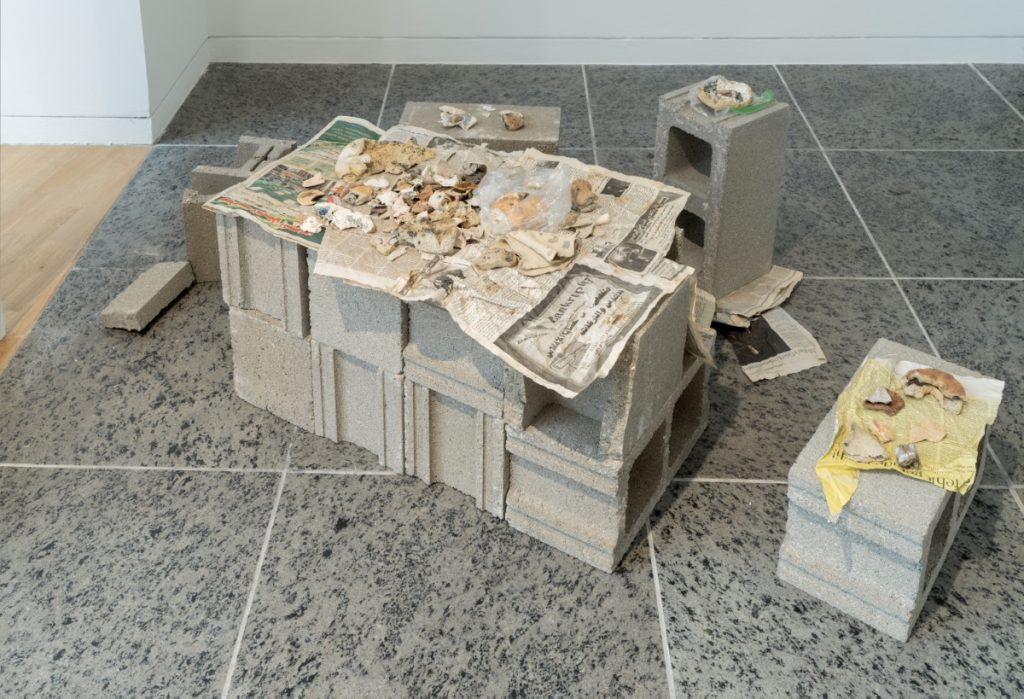
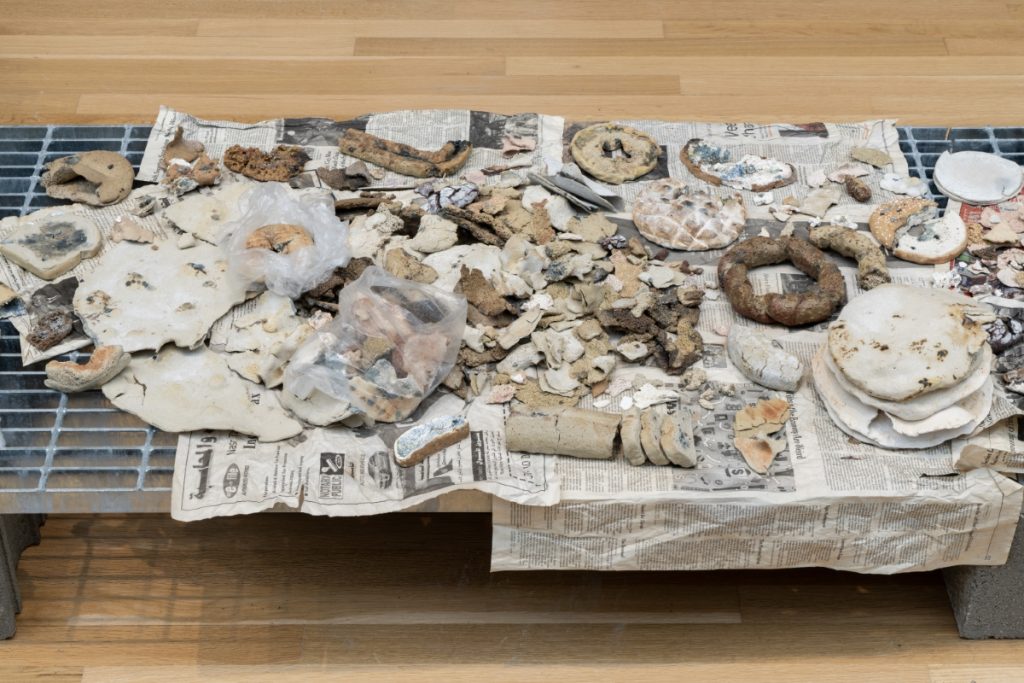
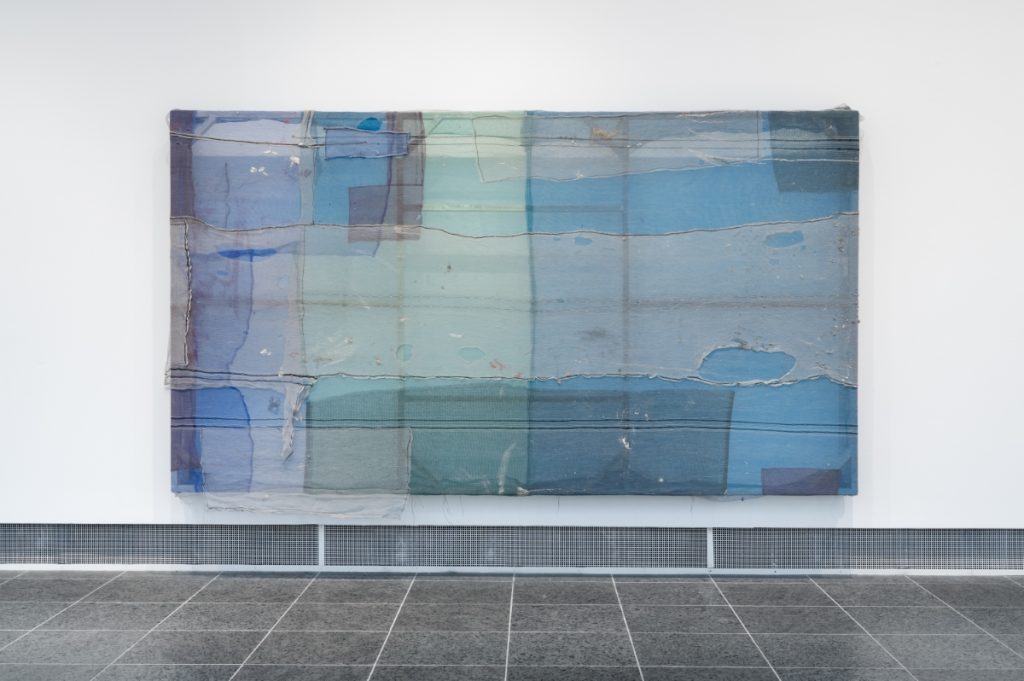
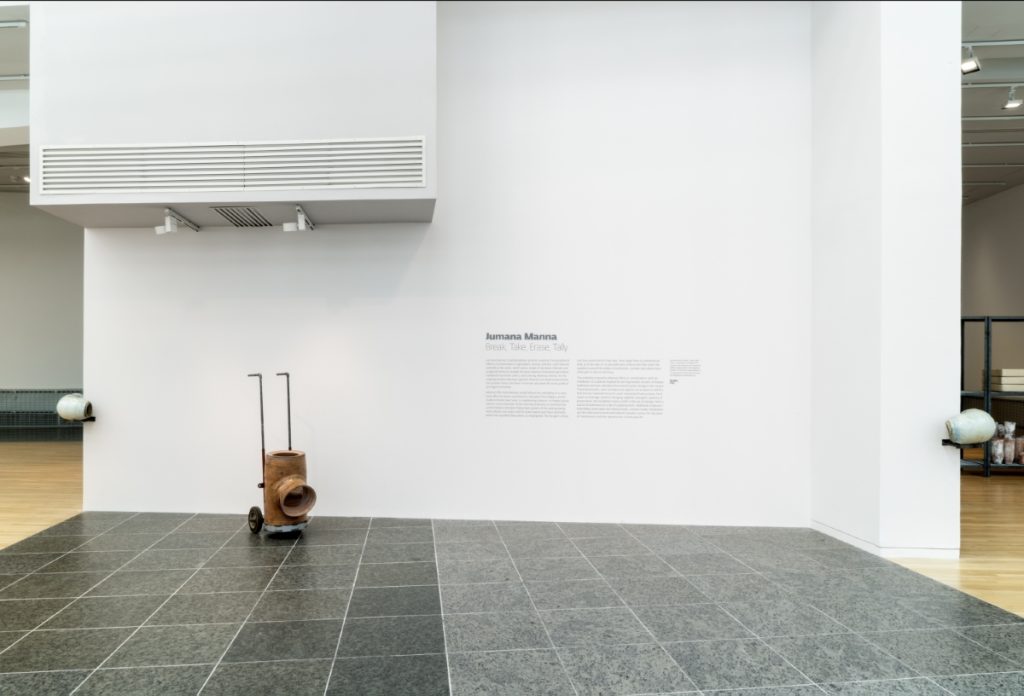
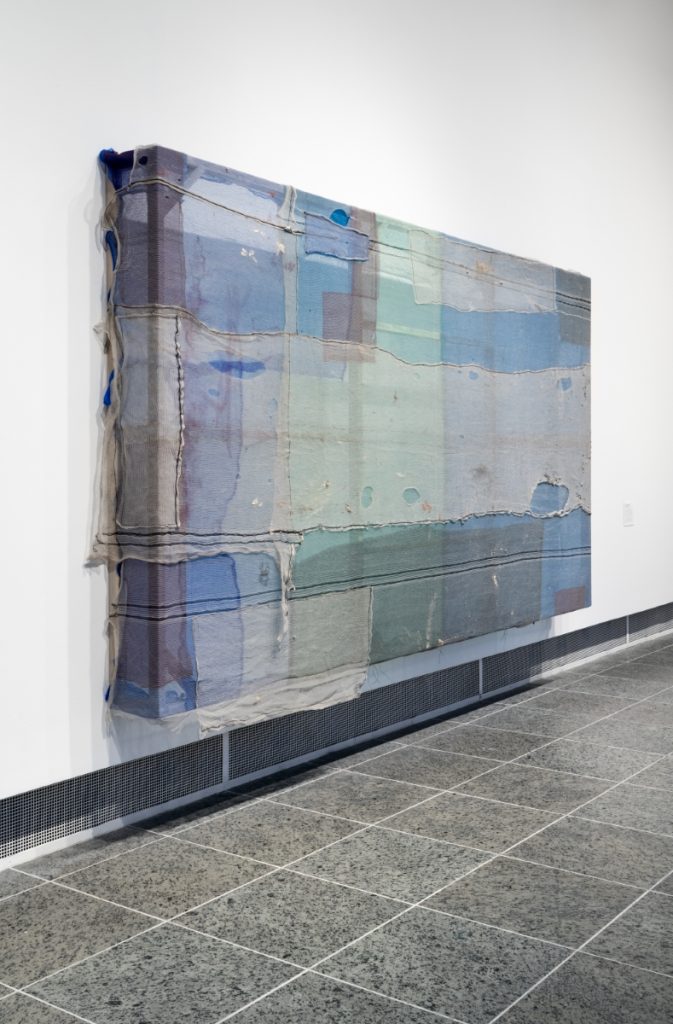
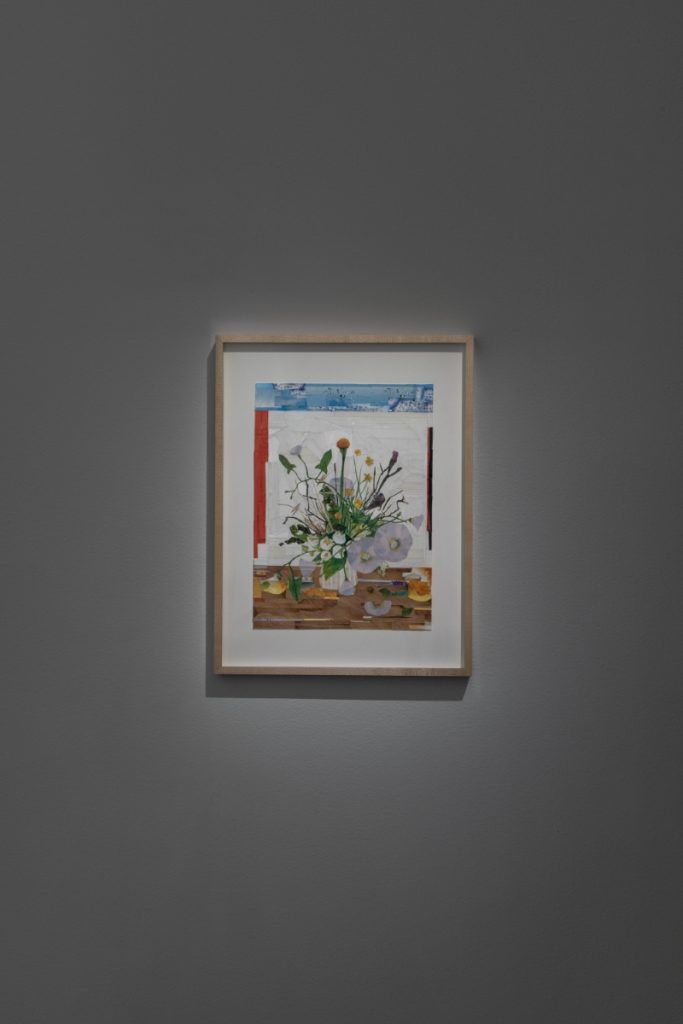
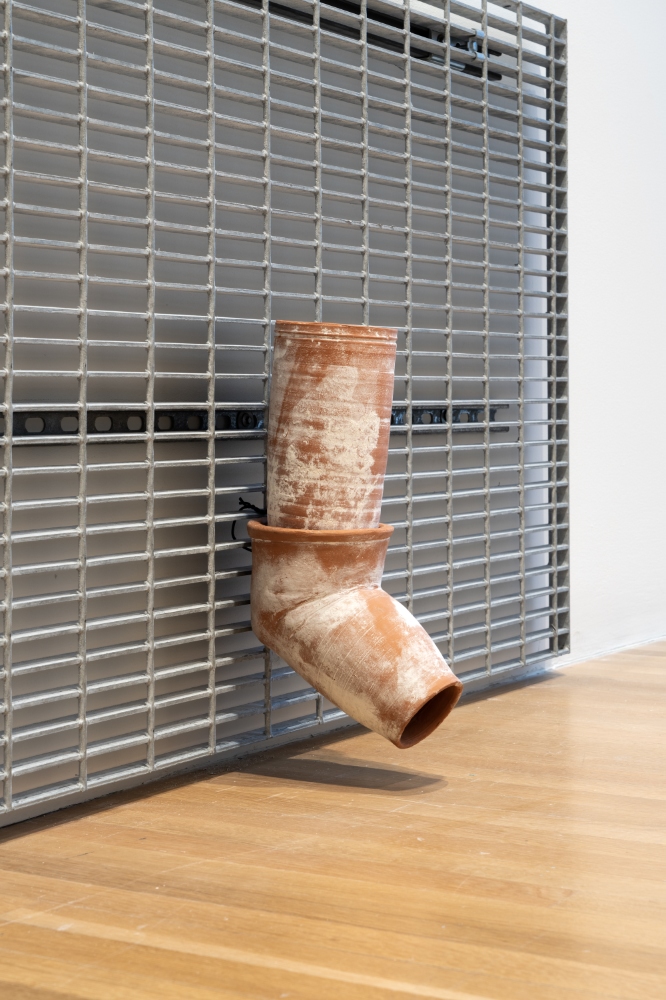
Raised in Jerusalem and based in Berlin, Manna (she/her) visualizes the slow violence of industrial agriculture, neoliberal economic policy, and policing. Across sculpture and film, Manna’s work explores ways in which the land and its rhythms can spark resistance and transform dominant power structures.
Organized by MoMA PS1, Manna’s first major museum show brings together nearly 20 works including two feature films. Wild Relatives (2018) follows the journey of seeds from the Svalbard Global Seed Vault in 2015 in response to the war in Syria. A hybrid of documentary and fiction, Foragers (2022) chronicles the confrontations between Palestinian pickers of the wild-growing herbs ‘akkoub and za’atar and the Israeli Nature and Parks Authority, which has classified these plants as endangered and the foraging of them as illegal. In addition to screening in the galleries, these works will be shown in the Wex’s Film/Video Theater as part of a series of midday screenings.
The films will work in conversation with a new installation of sculptures that take inspiration from the fragmented remains of khabyas, traditional and now-obsolete structures for grain storage in the Levant. These objects are displayed on plinths that borrow materials found in urban industrial infrastructures, from vaults to drainage systems. They also echo the grid pattern in the Wex’s architecture, highlighting the museum’s role as a site of preservation and control.
Jumana Manna: Break, Take, Erase, Tally is organized by MoMA PS1 Curator and Director of Curatorial Affairs Ruba Katrib. The Wexner Center’s presentation of the exhibition is coordinated by Daniel Marcus, associate curator of exhibitions.
Harold Mendez: one way to transform and two and three
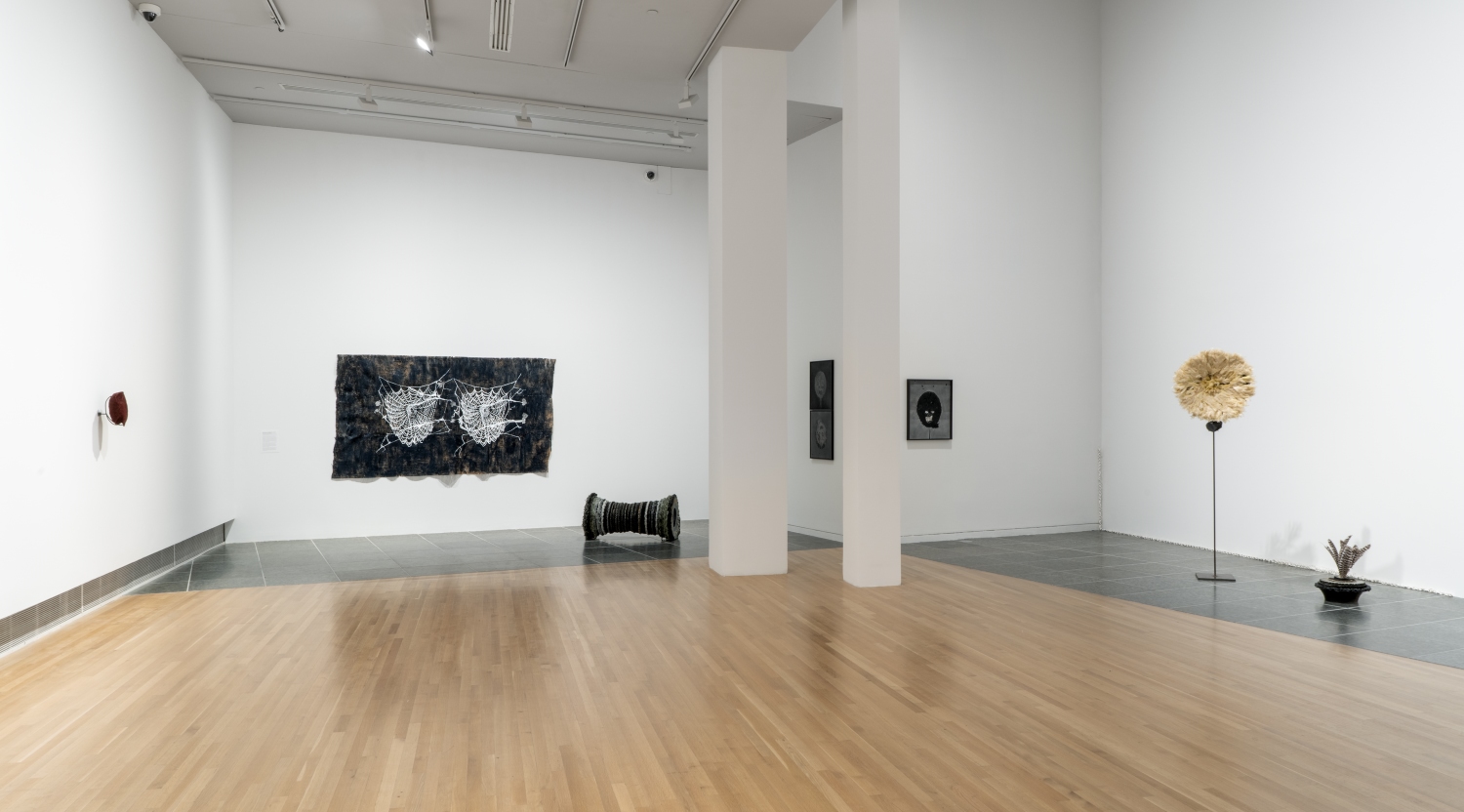
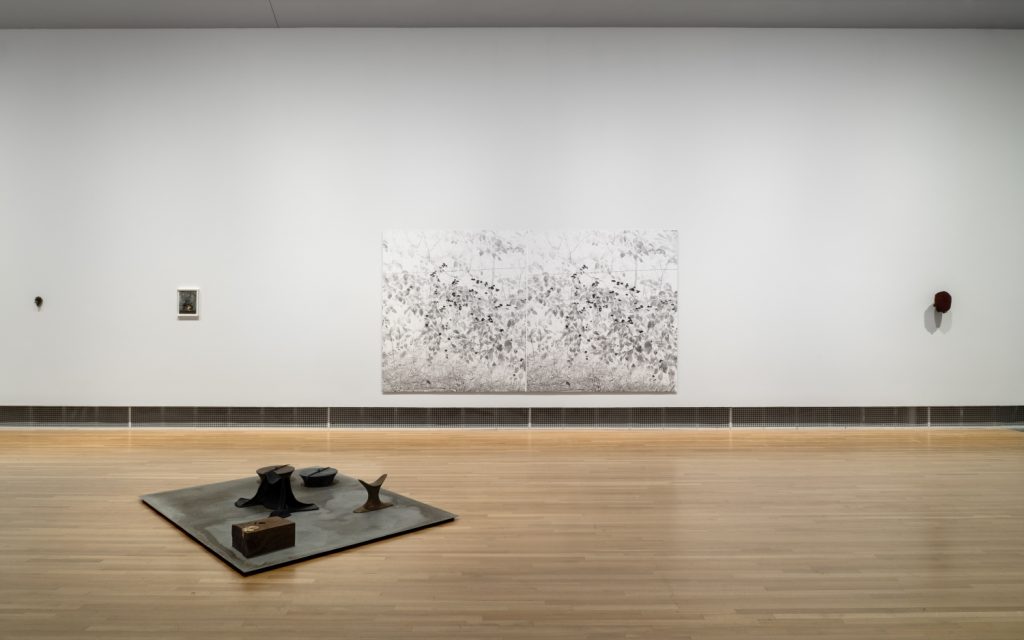
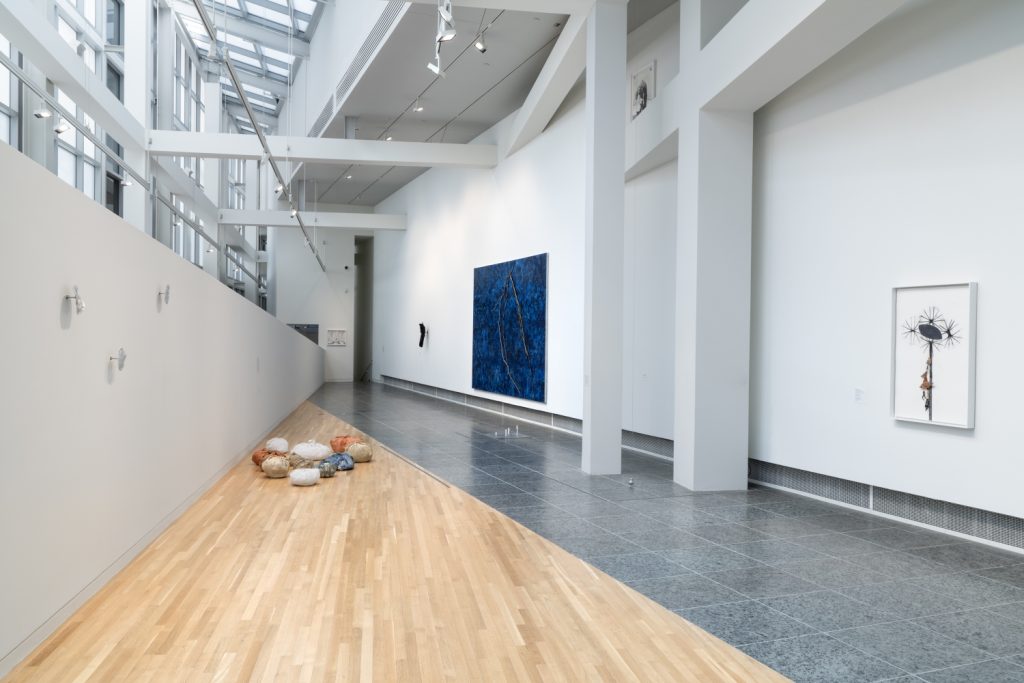
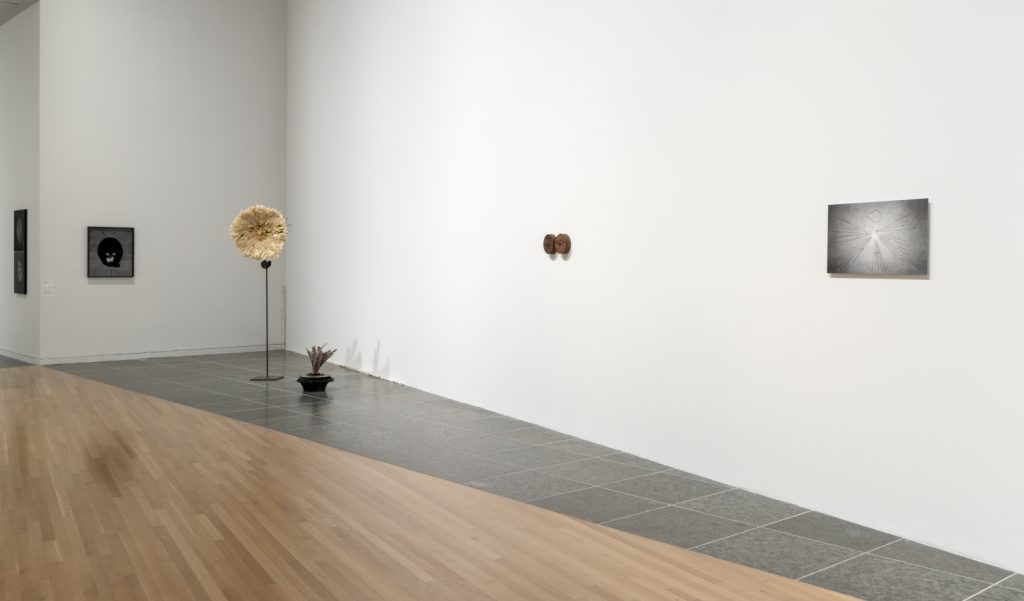
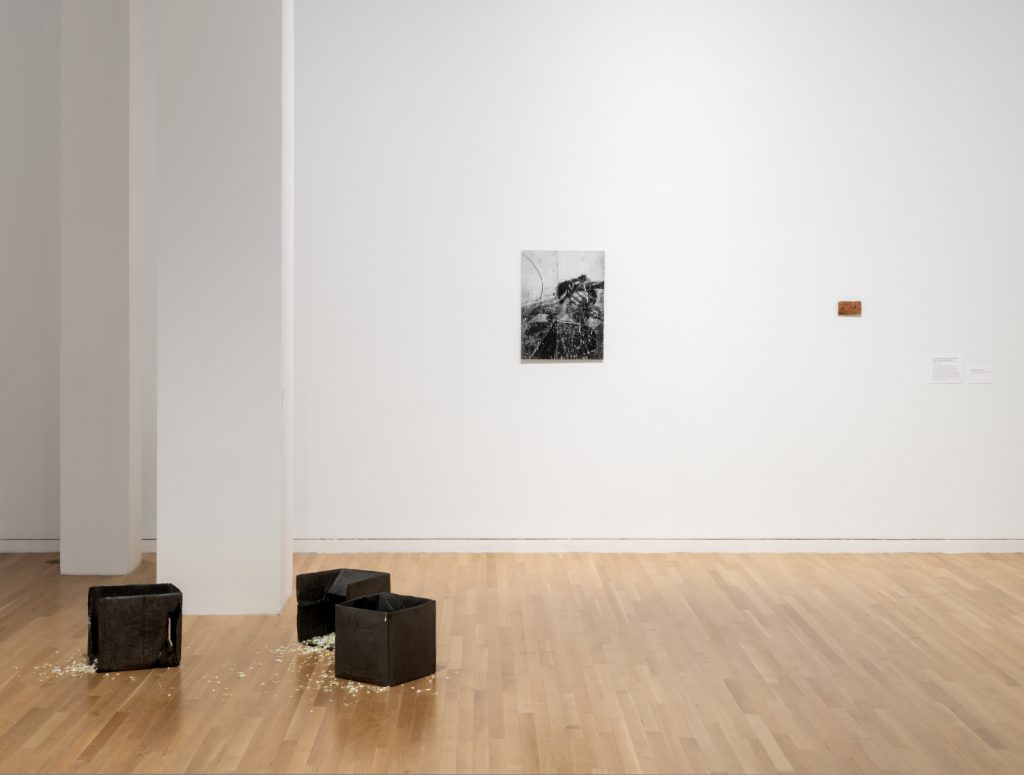
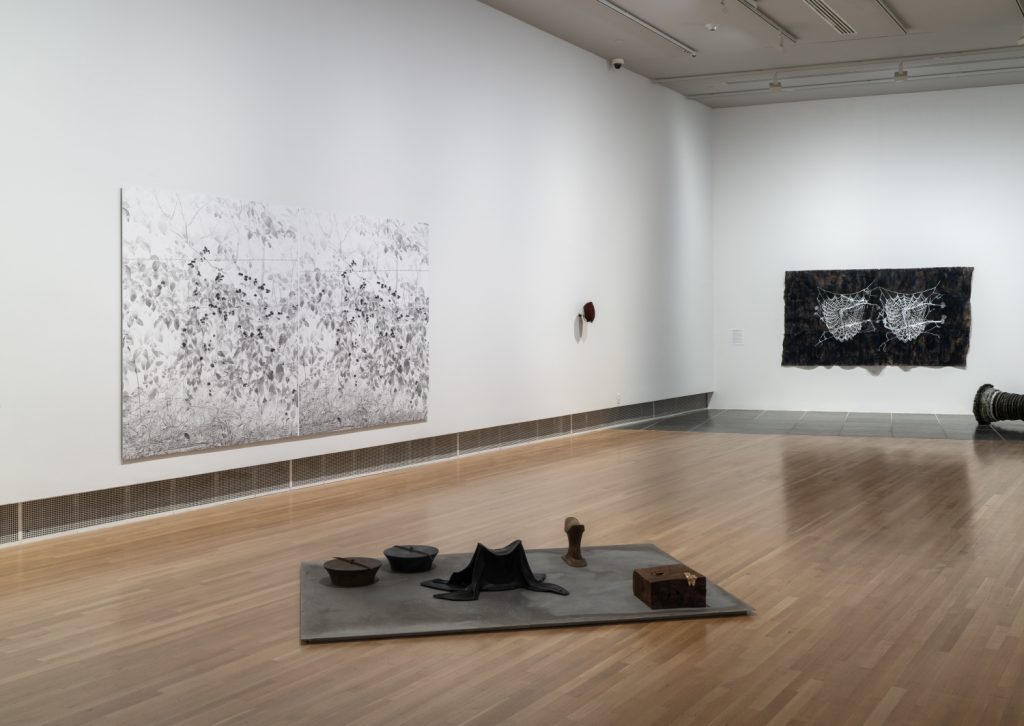
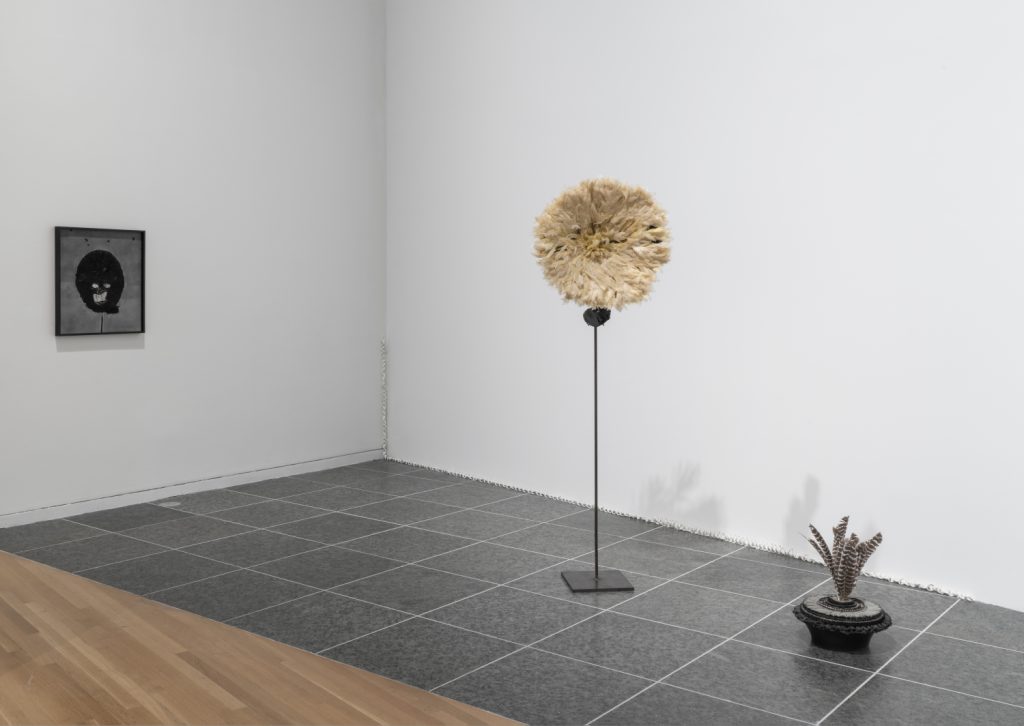
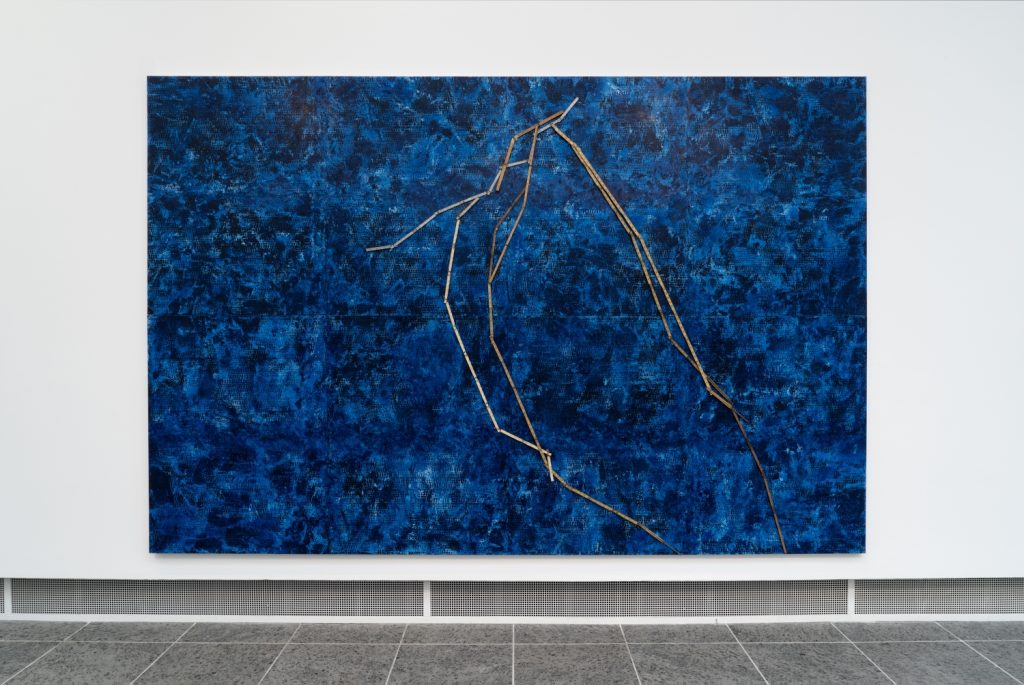
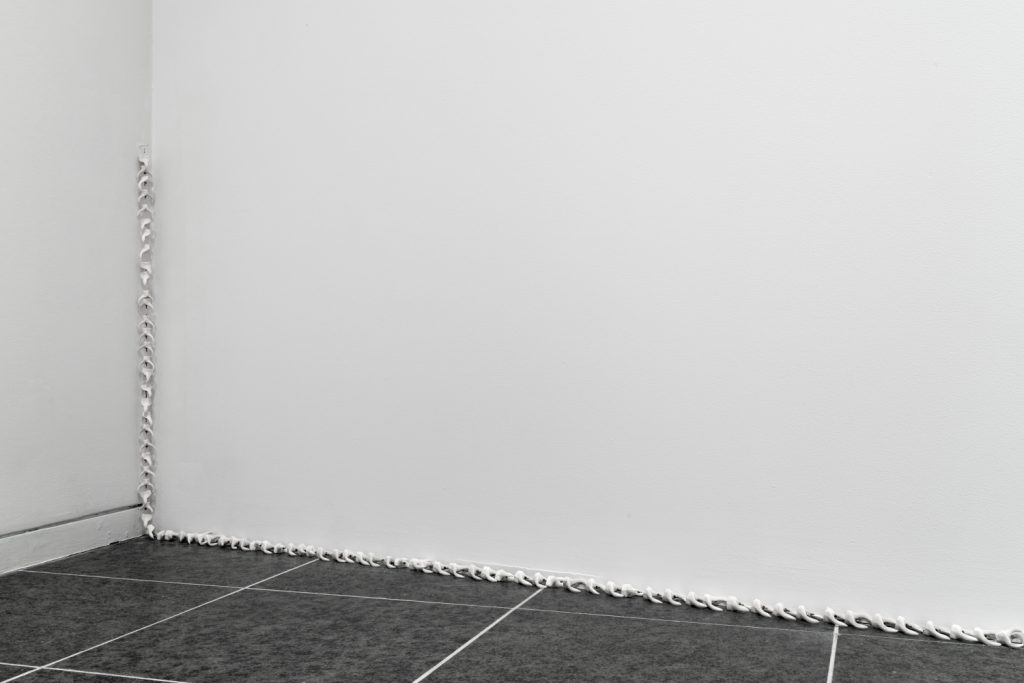
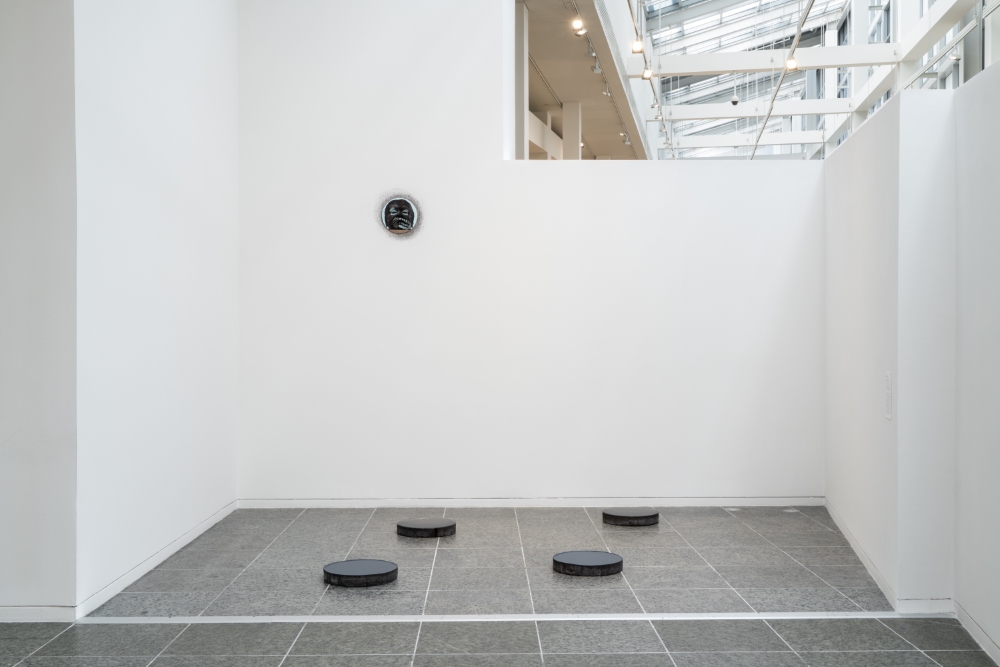
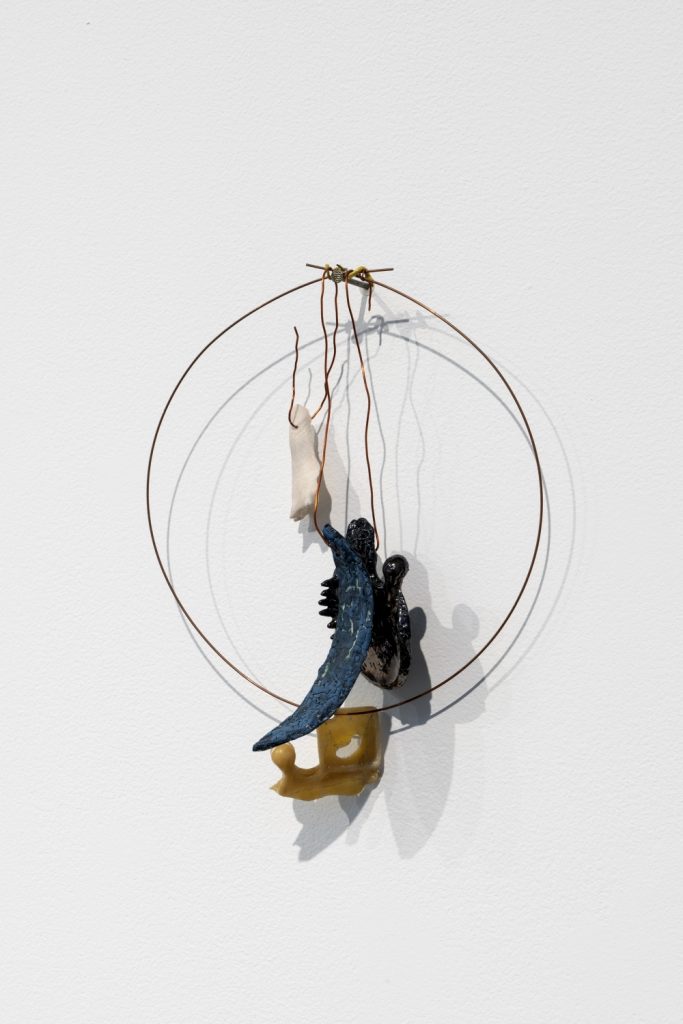
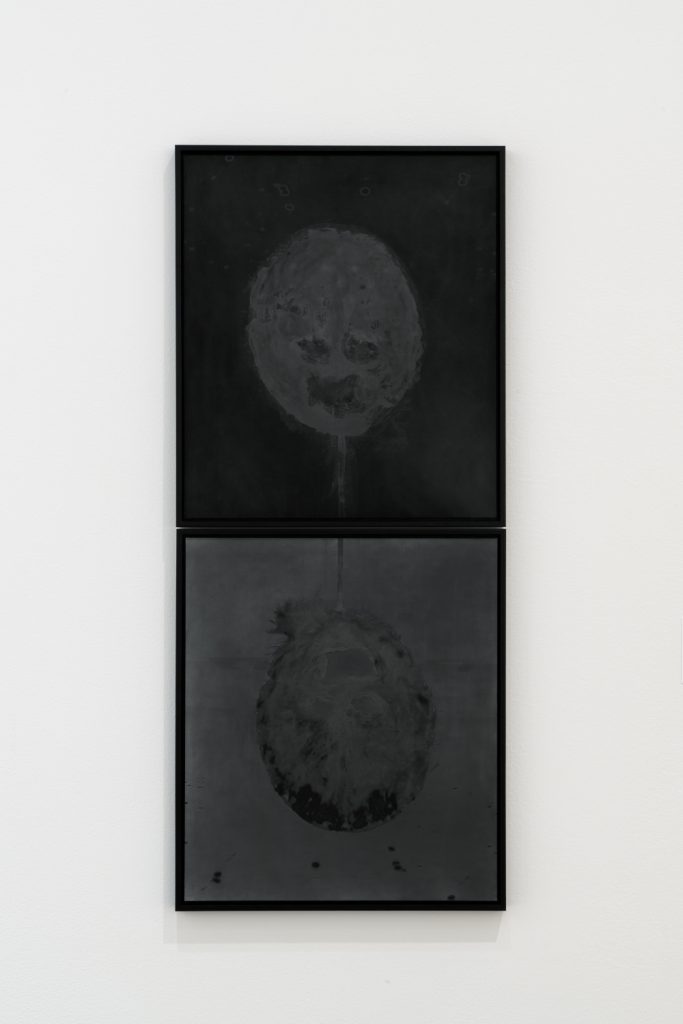
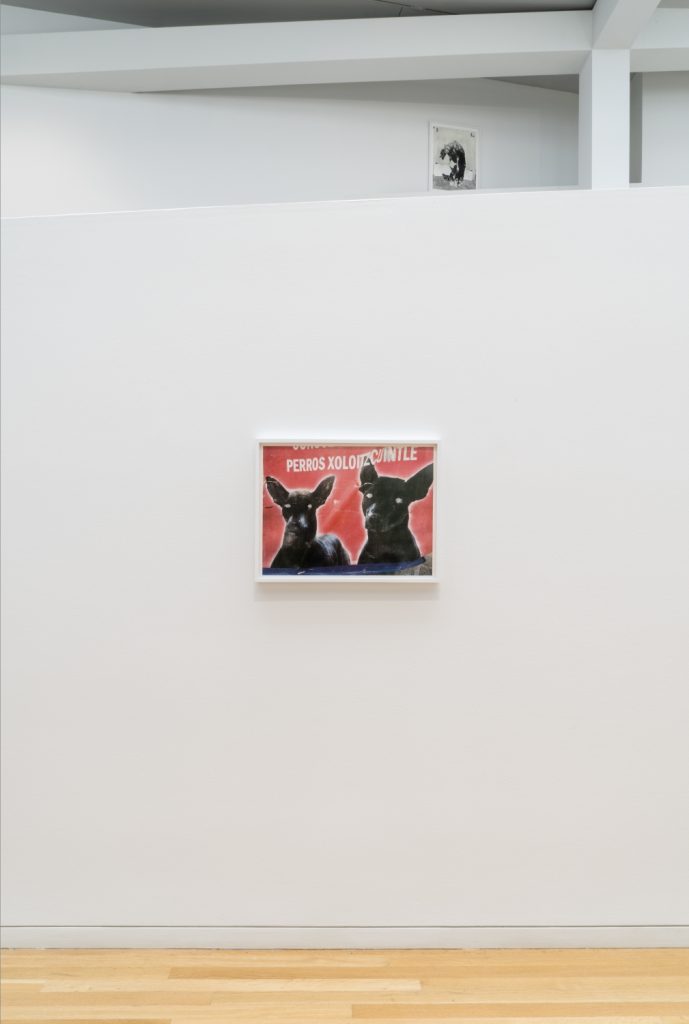
For his largest exhibition to date, Mendez (he/him) offers a collection of new sculptures, large-scale mixed-media works, and assemblages informed by the artist’s perspective as a first-generation American of Mexican-Colombian descent.
The show’s title, from a poem by Canisia Lubrin, emphasizes states of flux, like the continuous process of becoming and the fluidity of transformation. Mendez’s family history and memories of being raised in multiple places guide his ongoing exploration of the historical narratives that have shaped the Americas, and the carefully researched works that result.
Spanning two galleries, the exhibition embraces symbolism and mythology, allusions to the body and concept of self, and cycles of death and rebirth. A focal point is a large wall work inspired by the pre-Columbian deity portrayed in Mexican film director Juan Mora Catlett’s In Necuepaliztli in Aztlán (Return to Aztlán, 1990) alongside Mendez’s mapping of his family’s migration. In various works, everyday objects and materials—such as fabric, leather, and homemade arepas (corn cakes)—are transformed.
Like Sahar Khoury, Mendez has also collaborated with Cerámica Suro. The exhibition will present works created there, his first in volcanic stone and ceramic. Other new sculptures were made in partnership with the Center for Contemporary Ceramics (CCC) at California State University, Long Beach.
Harold Mendez: one way to transform and two and three is organized by the Wexner Center for the Arts and curated by Kelly Kivland.
Outpost Office: Color Block No. 2
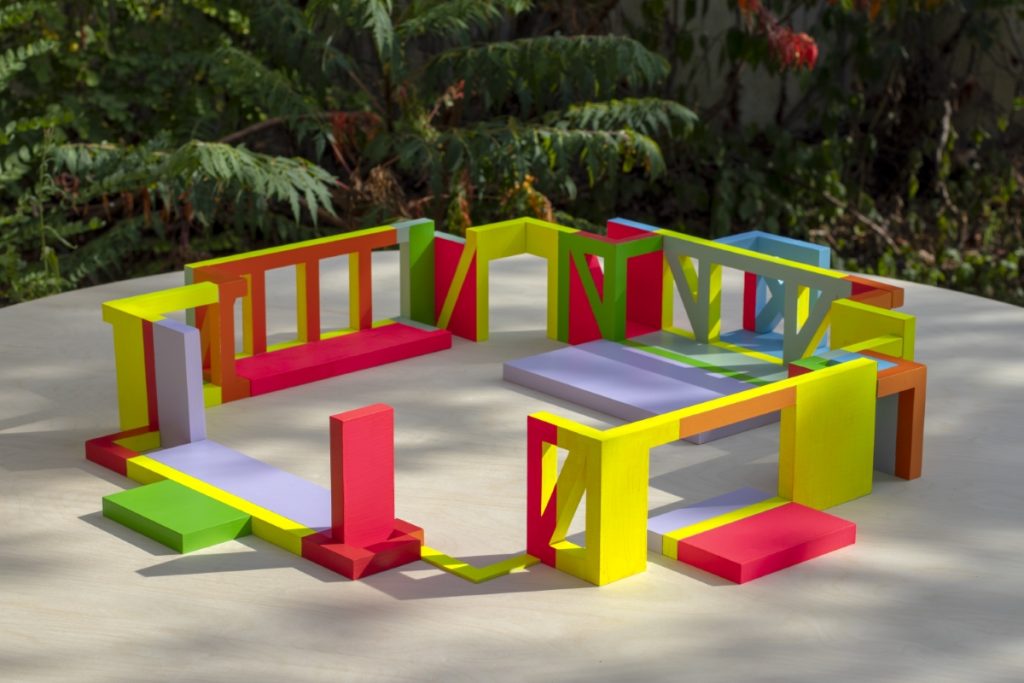
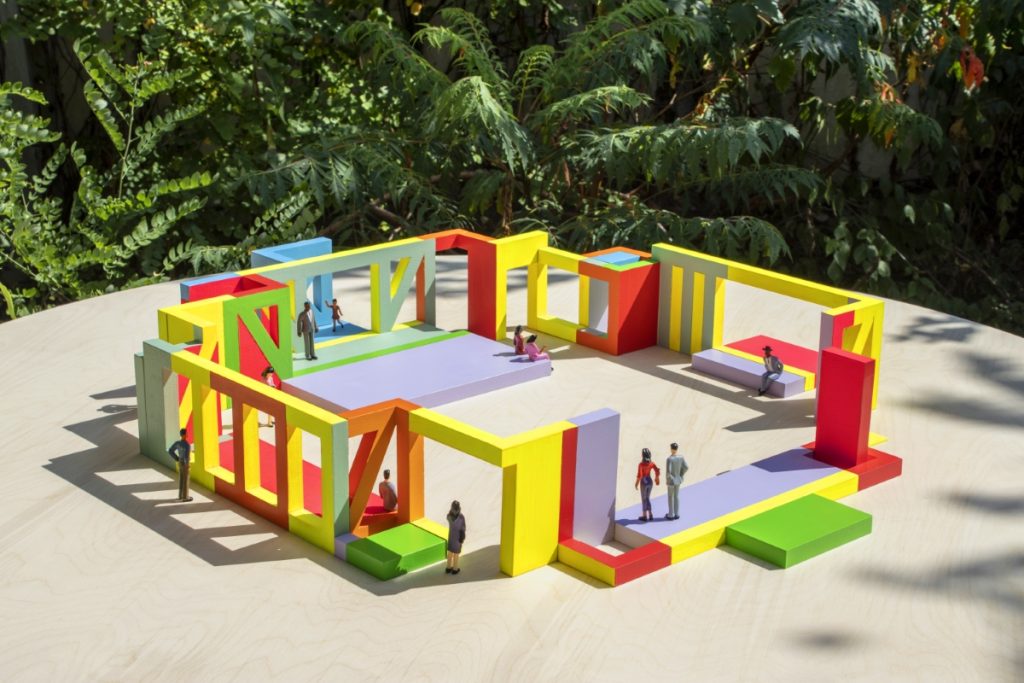
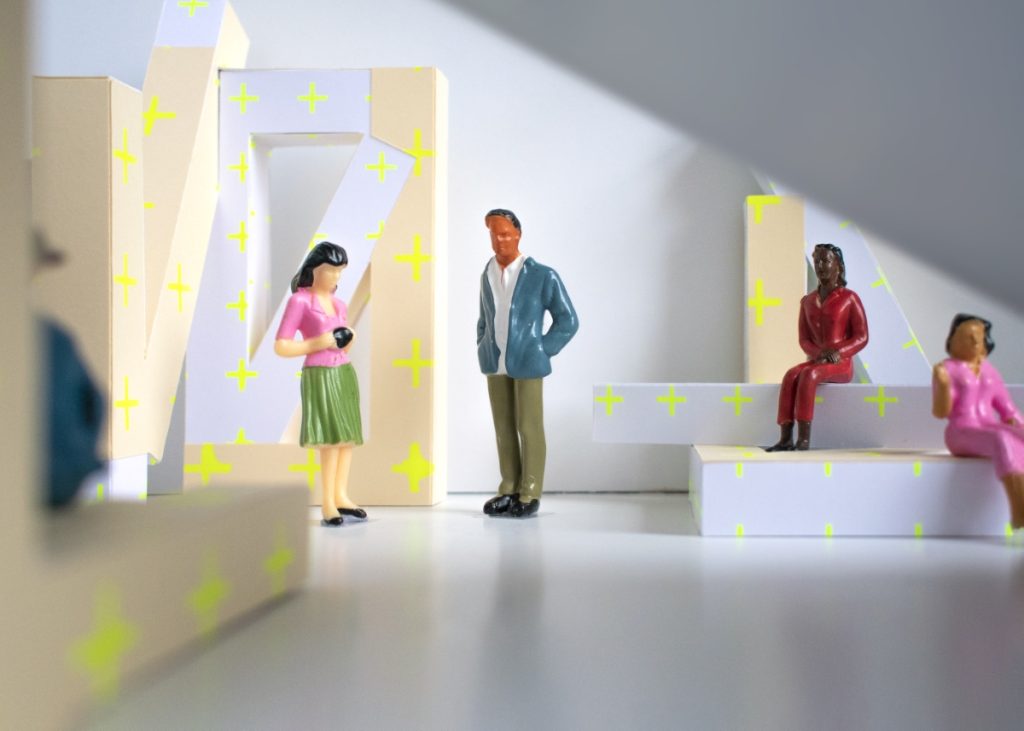
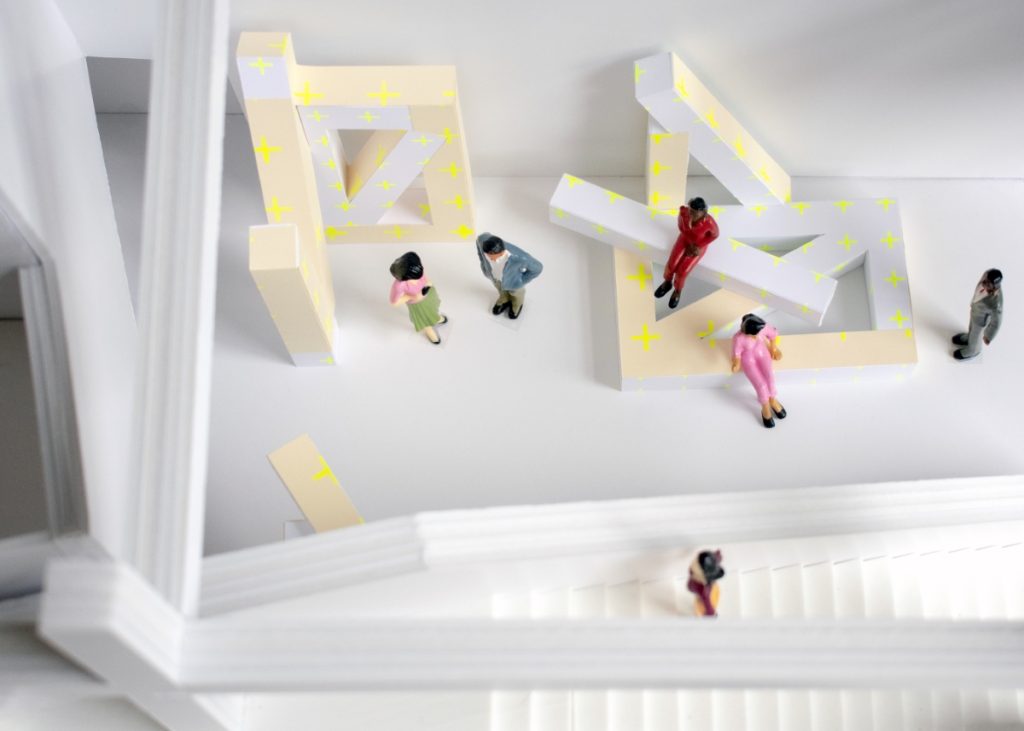
A fourth installation by Ooutpost Office, a Columbus-based design practice, activates the center’s lobby and adjacent outdoor spaces.
Led by Ashley Bigham (she/her) and Erik Herrmann (he/him), professors at Ohio State’s Knowlton School, Outpost Office is a design practice proposing that architecture can be impactful while being inexpensive and open-ended.
For its first major engagement in Columbus, Outpost Office will focus on interior and exterior spaces at the Wex to invite public interaction and gathering.
The installation will start in August with a large-scale Drawing Field—an intricate pattern of lines in non-permanent paint, applied by GPS-controlled robots to the lawn on the Wexner Center Plaza. The artists will be on site to oversee the work and engage with curious onlookers.
In early October, the artists will debut vibrant, oversized modular furniture in “in-between” spaces such as the Wex’s entryway and lower lobby, the center-adjacent “whispering wall” that faces the Oval at Ohio State, and areas around Mershon Auditorium.
The furniture forms and their placement aim to inspire new ways of seeing and inhabiting the Wex. Two more phases to the project will occur in winter and spring 2024.
Outpost Office: Color Block No. 2 is organized by the Wexner Center for the Arts and curated by Head of Exhibitions Kelly Kivland.
Contact
(614) 292-3535
Wexner Center for the Arts
The Ohio State University
1871 North High Street
Columbus, Ohio 43210
United States
Photos courtesy of the artists and Wexner Center for the Arts



